Pentacon auto 50 mm f/1.8 Multi Coating
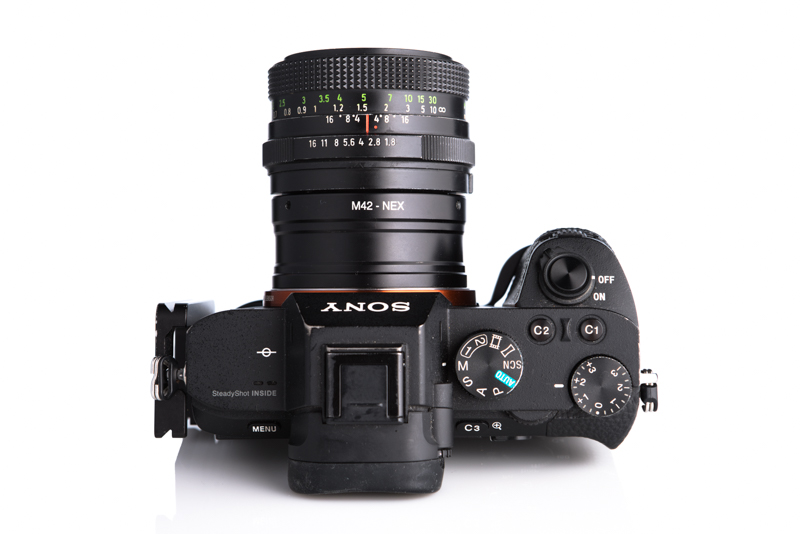
The Pentacon auto 50 mm f/1.8 Multi Coating is a small and very cheap 50 mm lens with an unusually close focus distance of 33 cm. Is this “nifty fifty” worth adapting to a modern full frame camera?
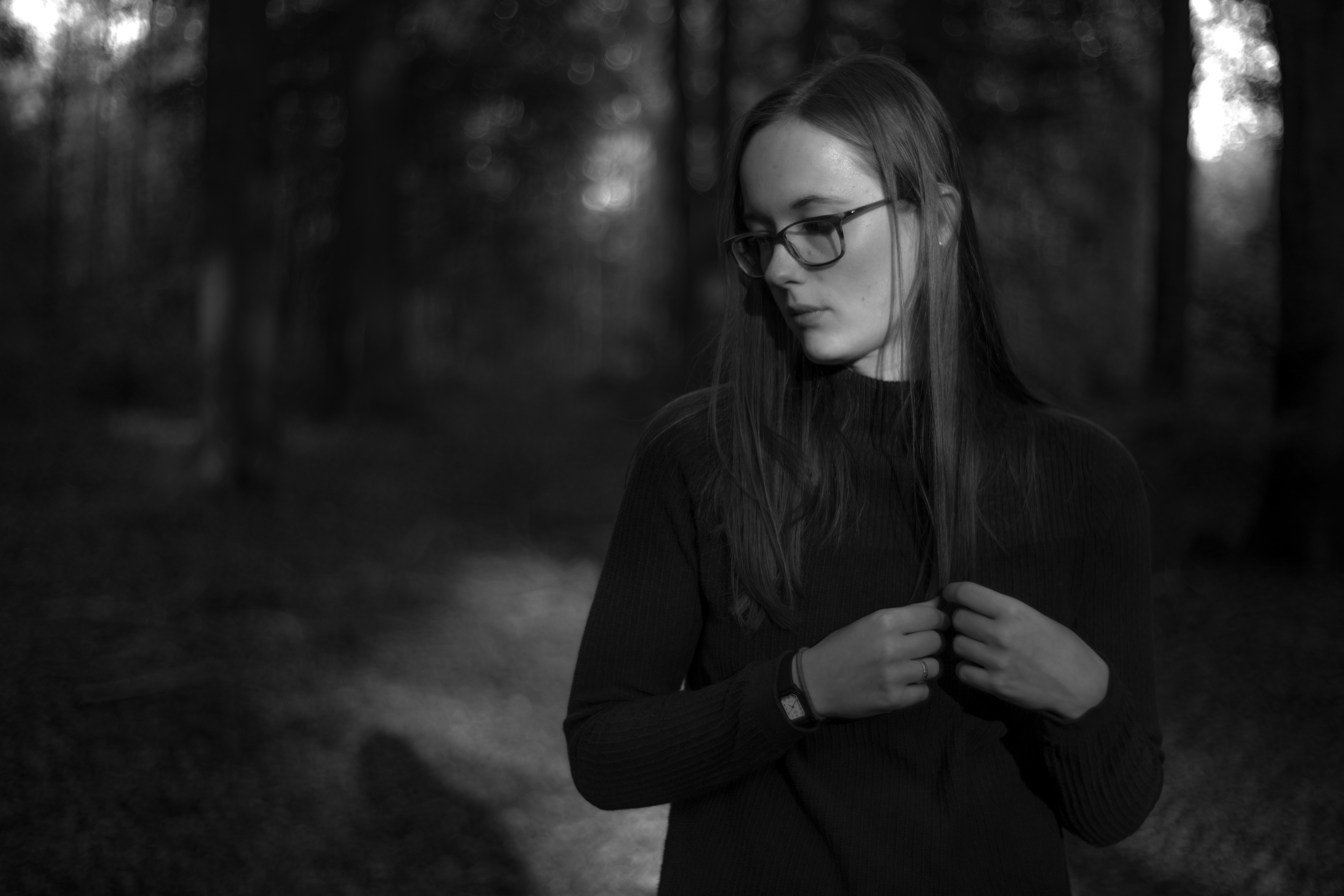
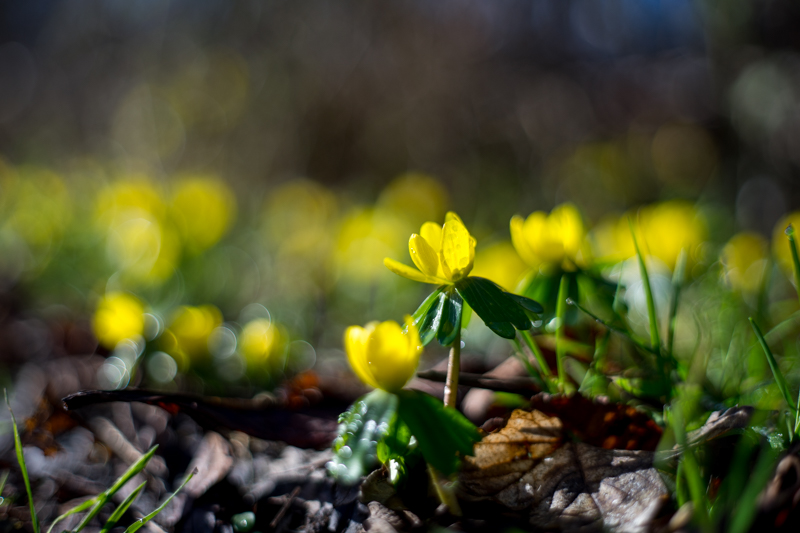
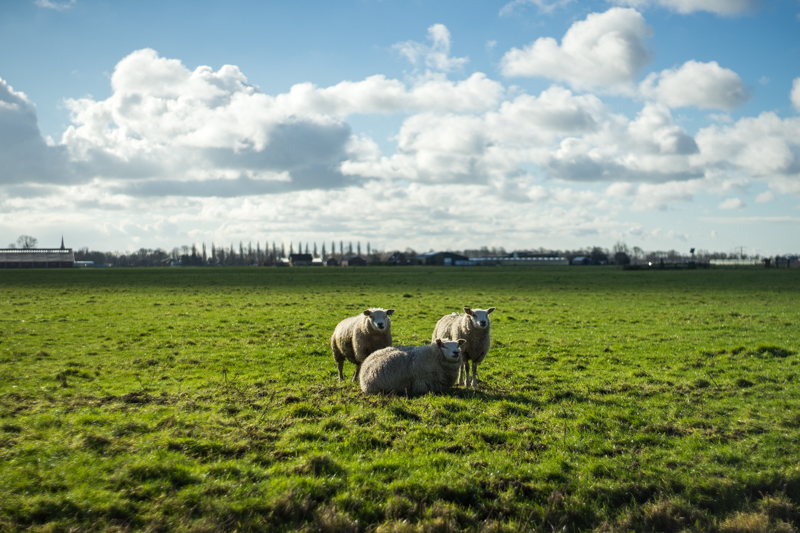
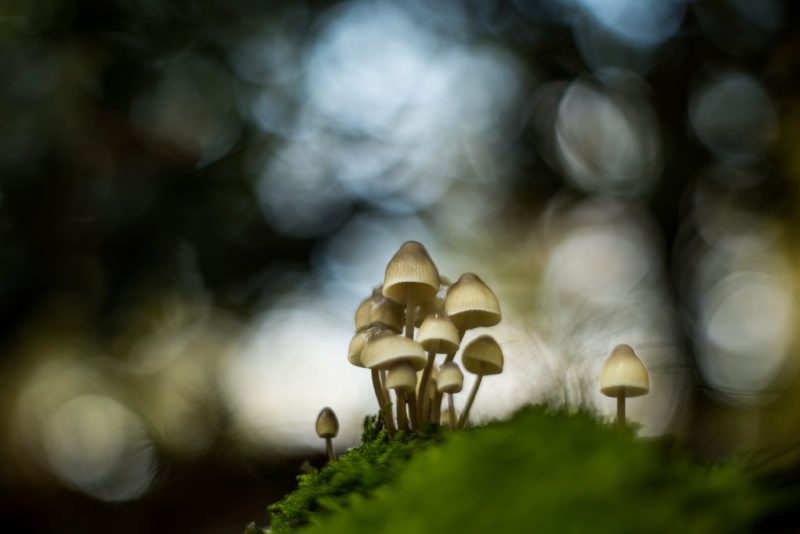
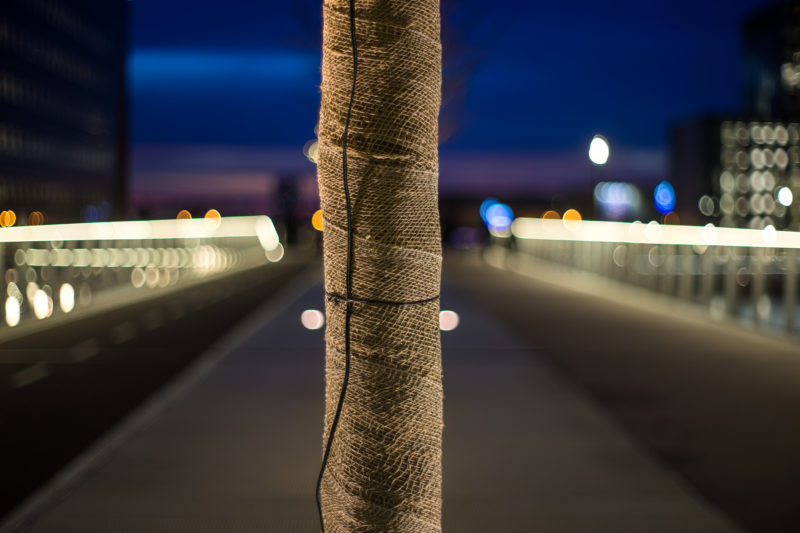
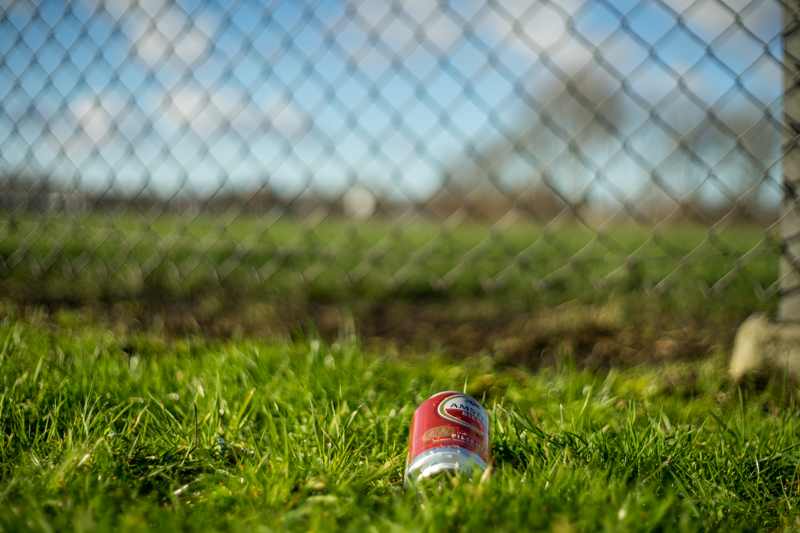
Specifications
| Diameter | 60 mm |
| Length | 38 mm (focused at infinity) |
| Filter Thread | 49 mm (metal) |
| Weight | 194 g |
| Max. Magnification | 1:4.8 |
| Close focusing distance | 0.33 m |
| Number of aperture blades | 6 (slightly rounded) |
| Elements/Groups | 6/4 |
You can buy the Pentacon 50 mm f/1.8 MC for a little over €20,- at ebay.de (affilitate link) or for around $45 via ebay.com (affilitate link).
Versions
The Pentacon auto 50 mm f/1.8 MC is a very small vintage 50 mm lens. It is the direct descendant of the Meyer-Optik Görlitz Oreston 50 mm f/1.8. There are a lot of different versions of this lens in m42 and Practica B mount.
- The oldest version has silver stripes on the aperture ring and is branded “electric” or “auto”.
- The second version has no stripes on the aperture ring but has two silver rings at the front of the lens.
- The third version still has one silver ring at the front, the focus ring of third version has a spiked profile.
- The last version is all black. This review is about the last and most common all black version.
Here you can find some more information about all versions.
As far as I know, all versions are identical optically, the most important difference is the lack of multi coating of the older versions with the hill/valley type focus ring. Since flare is already a big problem with the multi coated version I would recommend to stay away from those older versions unless you like a lot of flare for creative reasons.
Adapting to E-mount
Depending on the mount you need either a M42-NEX adapter or a Practica B-Nex adapter. The K&F adapters work good enough in my experience and do not break you bank.
M42: Amazon.de | Ebay.de | Ebay.com (affilitate links)
Practica B: Amazon.de | Ebay.de | Ebay.com (affiliate links)
Build quality and handling
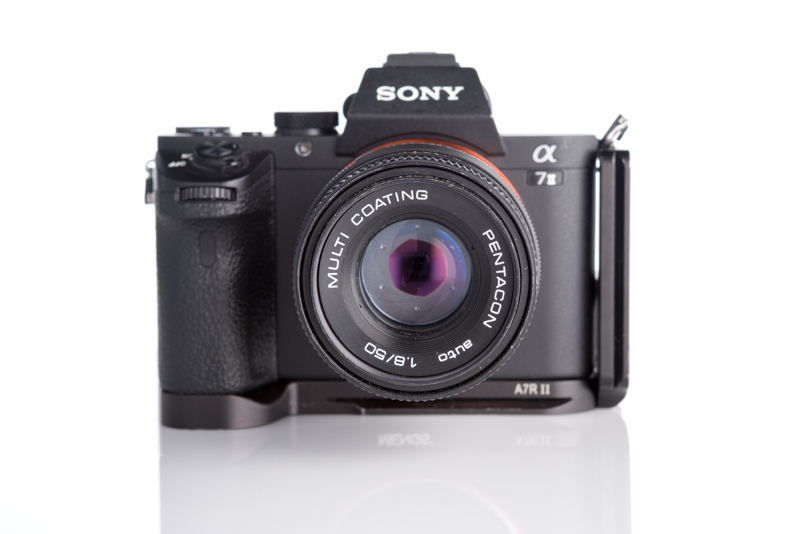
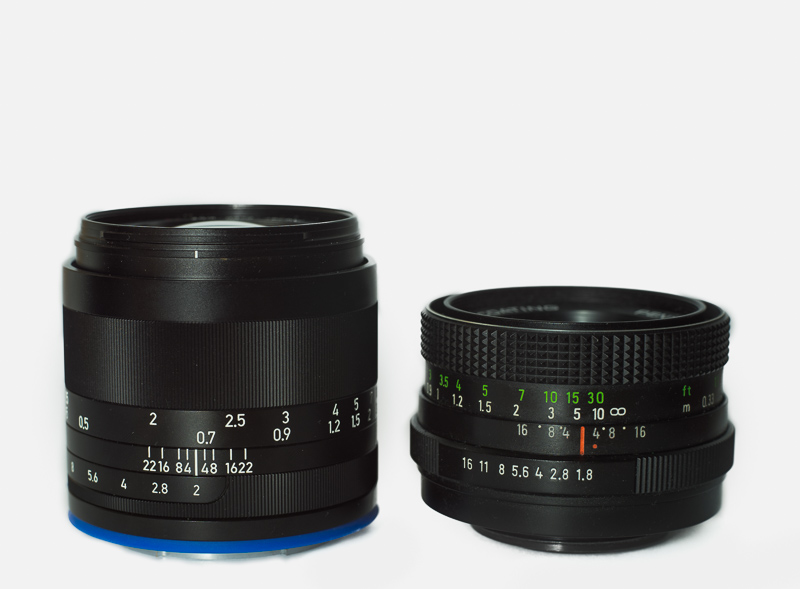
Compared to modern lenses build quality is very good, almost every part is made from either glass or metal. Compared to other vintage lenses like the Minolta Rokkor 55 mm f/1.7, build quality is less good, tolerances seem to be somewhat higher.
This is also reflected by some common problems that can be found in these lenses nowadays. I come across the Pentacon very often in thrift shops and flea markets and encounter the same issues with these lenses quite often. I have seen quite some lenses with either stiffened focus rings or focus rings that came loose. So if you buy this lens make sure to check for these issues.
All markings on the lens are engraved and filled with paint. The black finish shows some wear but does not look too bad for a 40 years old lens.
My sample is in good condition and still functions as it was supposed to, and handeling is very good. The focus ring has a pleasant resistance and travels about 320° from minimum focusing distance (MFD) to infinity, about 180° from MFD to 60 cm, 90° from 60 cm to 1.5 m and another 50° from 1.5 m to infinity. This is a very long focus throw for a standard lens, nevertheless it does not bother me as you can focus very precisely at close distances (which is what you probably want to use this lens for).
The aperture ring has soft clicks, 5/6 stop from 1.8 to f/2.5, and after that 1/2 click stops. To my taste resistance is a bit on the low side but high enough to prevent accidentally changing the aperture. It is also easy to set the aperture in between the click stops.
Vignetting
| Aperture | Vignetting |
| f/1.8 | 2.1 |
| f/2.8 | 1.2 |
| f/4 | 0.5 |
| f/5.6 | 0.4 |
The Pentacon auto 50 mm f/1.8 shows quite some vignetting wide open, though stopping down helps a lot. At f/2.8 vignetting is already reduced to 1.2 stops. From f/4 vignetting is negligible and not visible in real world shots.
Flare resistance
Flare resistance is among the worst I have ever encountered. Ghosting and veiling flare are very visible even in less challenging situations.
With a bright light source just outside the frame you can observe extreme veiling flare and contrast loss. Shading however does a wonderful job as can be seen below. I shaded the lens with my hand, this was wide open.
With the sun in the frame some red and purple ghosts can be observed. Stopping down reduces the size of the ghosts a bit, but they become more saturated and much more obtrusive. Veiling flare improves when stopping down.
However, in some situations you can use the terrible flare resistance in your favor:
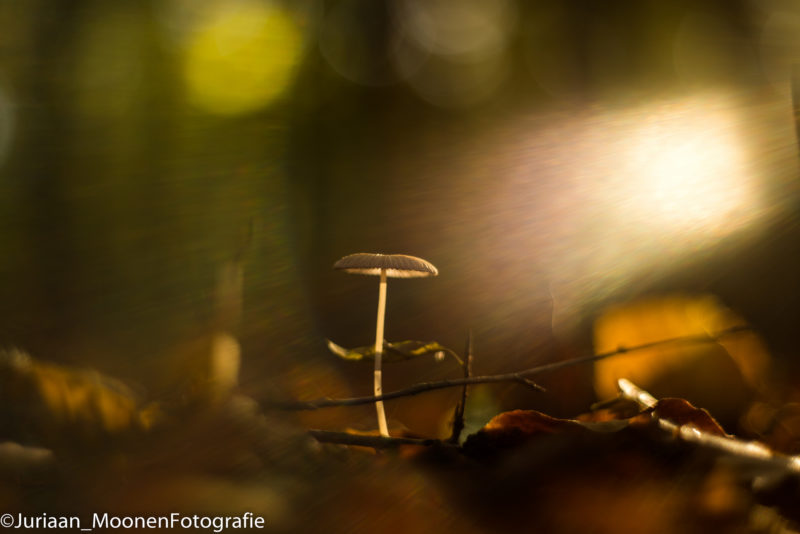
Sharpness
Infinity
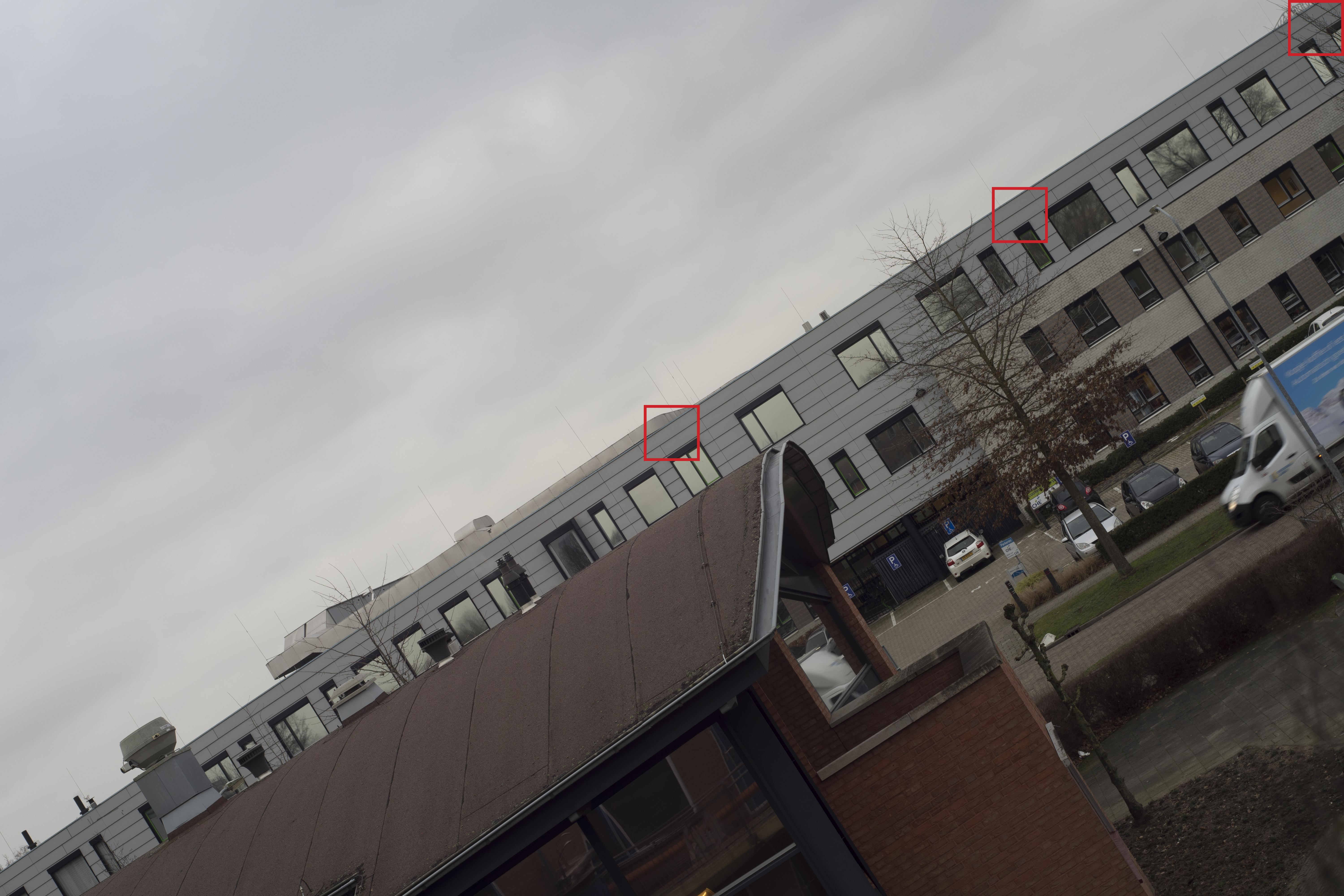
f/1.8 The center shows good resolution, but contrast is low and there is some glow caused by spherical aberration. Midframe is soft and the corners are very soft.
f/2.8 The center improves, the glow is gone and contrast improved a lot. Midframe and corners improve a bit but are still soft.
f/4 In the center contrast decreases a bit, sharpness is nevertheless equal. Midframe and corners improve a little bit.
f/5.6 Contrast decreases a little bit more in the center. The midframe reaches OK levels. Corners are still soft.
f/8 The center is a bit less sharp due to diffraction, contrast is a bit lower. Midframe reaches good levels. The corners are still somewhat soft.
f/11 The center is a bit softer due to diffraction. The midframe is very good now. Even the corners look good.
Wide open the center is already quite good and usable despite some glow caused by spherical aberration and low contrast. The midframe and corners are soft. Stopping down to f/2.5 already boosts contrast and eliminates most glow, therefore I would rather use this at f/2.5 than at f/1.8. Astigmatism is obvious in the midframe and corners wide open. Even at f/11 you can see it in 100% crops.
If you want to shoot landscapes with this lens I would certainly stop down to f/8 or even f/11.
However, field curvature does affect corner and midframe sharpness quite a lot, see below
Field curvature
The Pentacon 50 mm f/1.8 shows quite a lot of field curvature on my a7II. When focusing on the corners one can get decent corner sharpness stopped down a bit. Below you can see how much of a difference focusing on the corners makes at f/1.8 (before = focus on center, after = focus on corner).
For landscape photography with important structures in the corners I would recommend to stop down to f/11 and focus on the corners. At f/11 focusing on the corners improves corner sharpness quite a bit at the expense of only a bit contrast loss in the center.
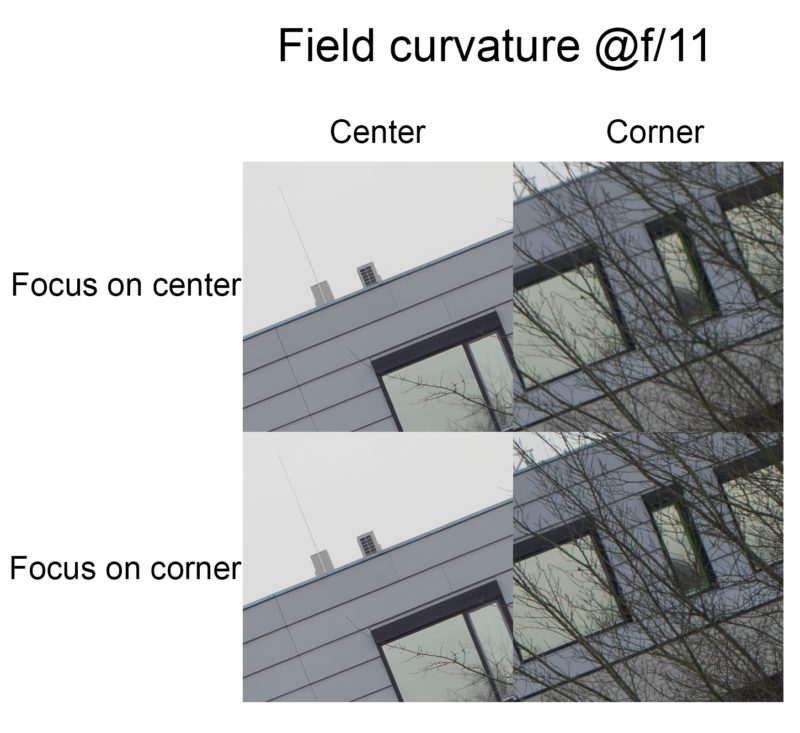
Close-up sharpness
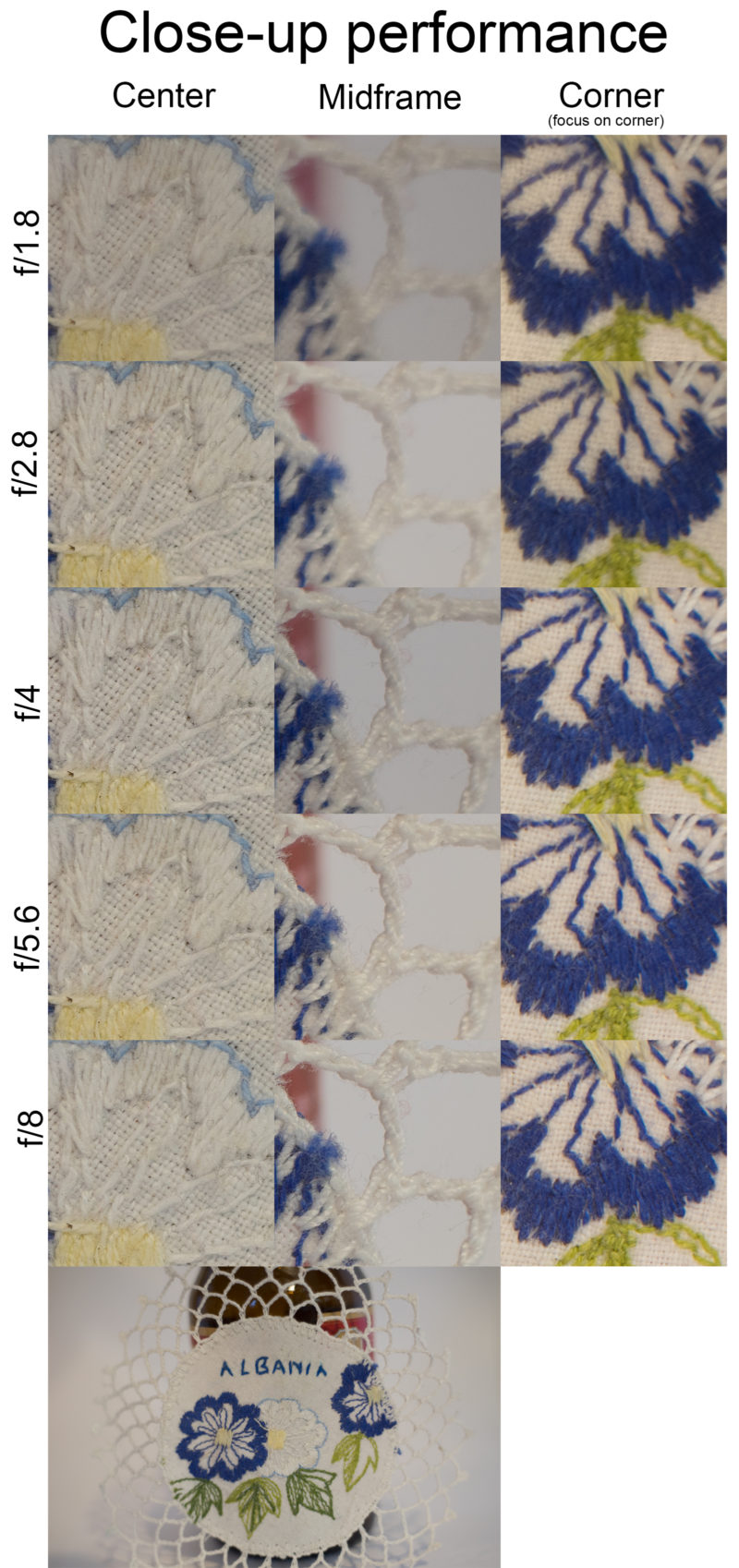
f/1.8 The very center of the image is quite sharp from wide open, contrast is very low though and there is some glow caused by spherical aberration. Midframe is very soft.
f/2.8 Contrast is boosted. The center is very sharp now and glow is gone. The midframe improves a lot but is still soft.
f/4 Again a boost in contrast is visible, the center is as sharp as it can get. The midframe improves a lot.
f/5.6 No difference in the center. Midframe improves a little bit and is almost OK now.
f/8 Center is a tiny bit less sharp due to diffraction, midframe is OK to good now.
f/11 Diffraction is visible in the center and sharpness decreases. Midframe is very good now.
Corners: When focused on the center the corners never get sharp due to field curvature, however focusing on the corners improves corner sharpness a lot. Wide open the corners are soft even if you focus on them, however from f/4 on things look much better. At f/5.6 you can get OK sharpness in the corners if you focus on them, at f/8 you can get good corner sharpness. So if you want to place your subject in the corner near MFD it is wise to stop down to f/5.6 at least and focus on the corner.
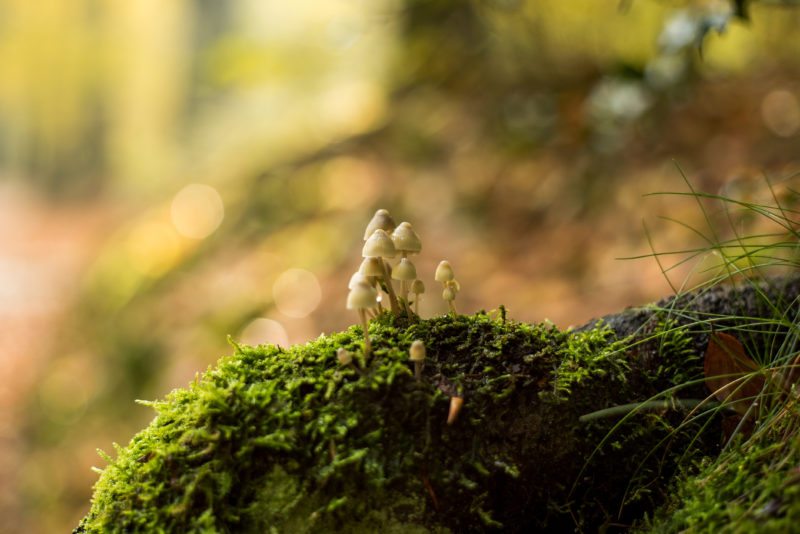

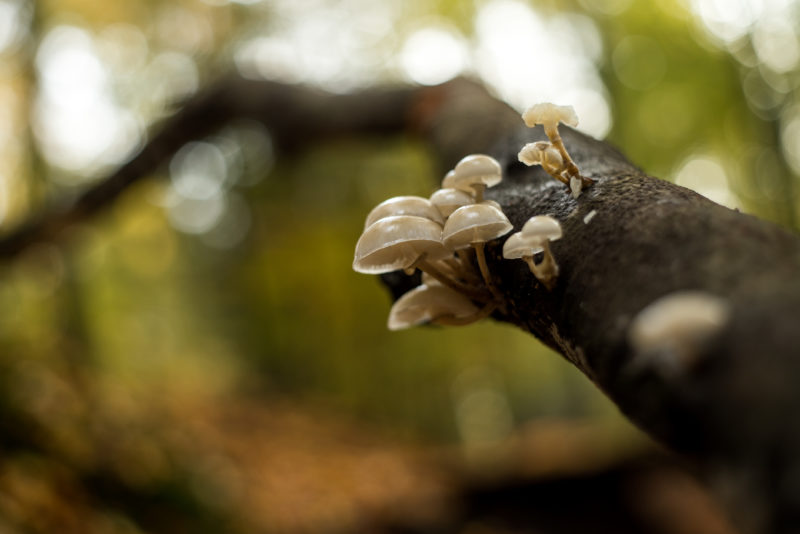
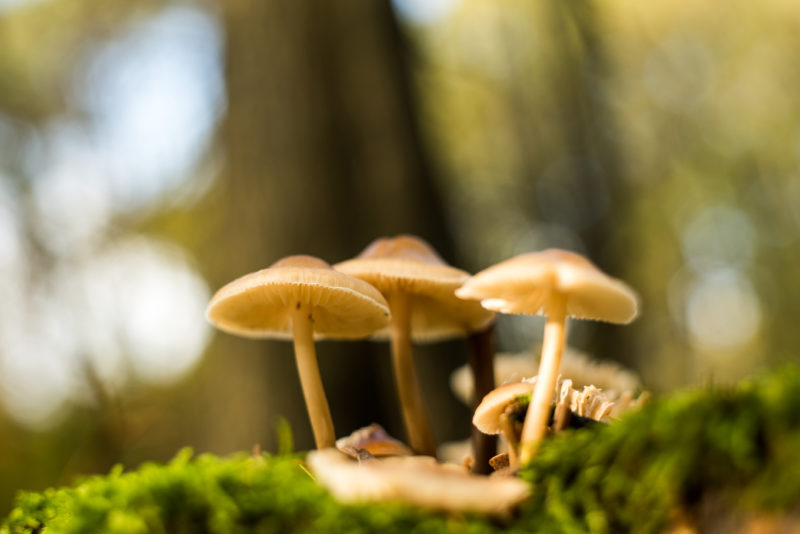
Bokeh
This lens shows the well known “soap bubble” bokeh in some situations, not very surprising as it is basically a Meyer-Optik Görlitz Oreston. This means bokeh has strong outlining in some situations and can be very harsh, in some situations even some swirl can be observed. Whether you like the rendering depends on your taste. I personally don’t like the strong outlining in general but there are a few situations I think it can work.
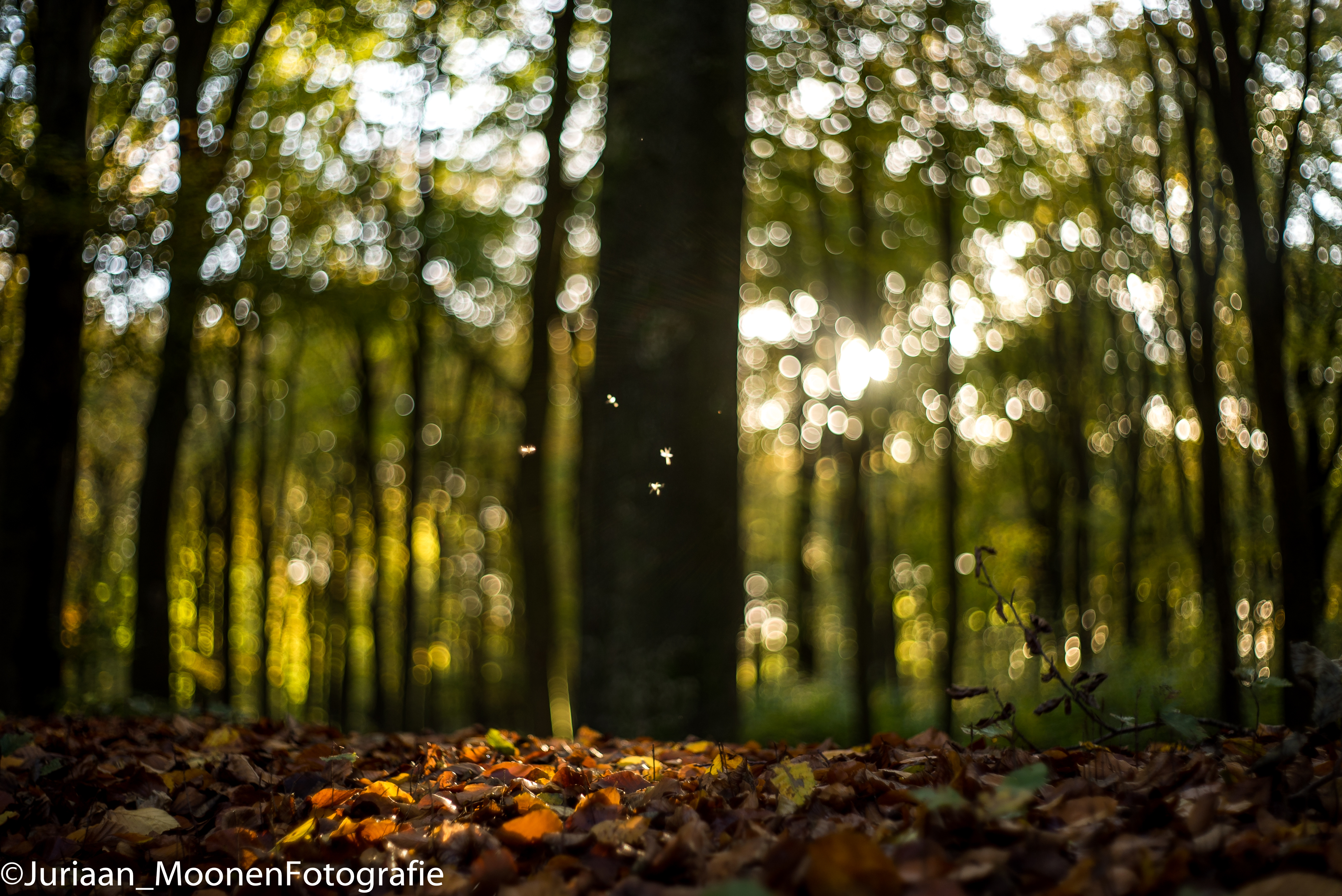

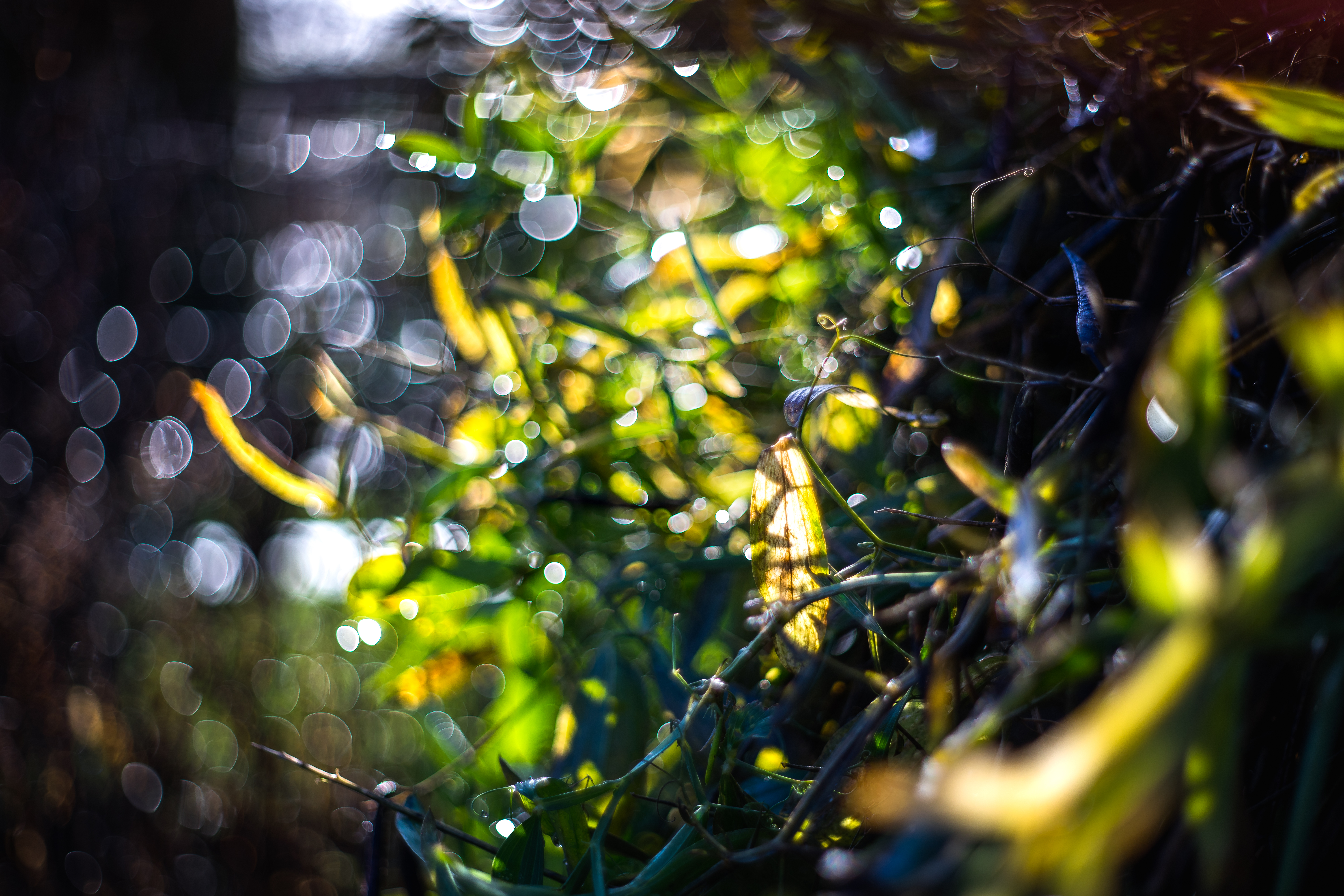
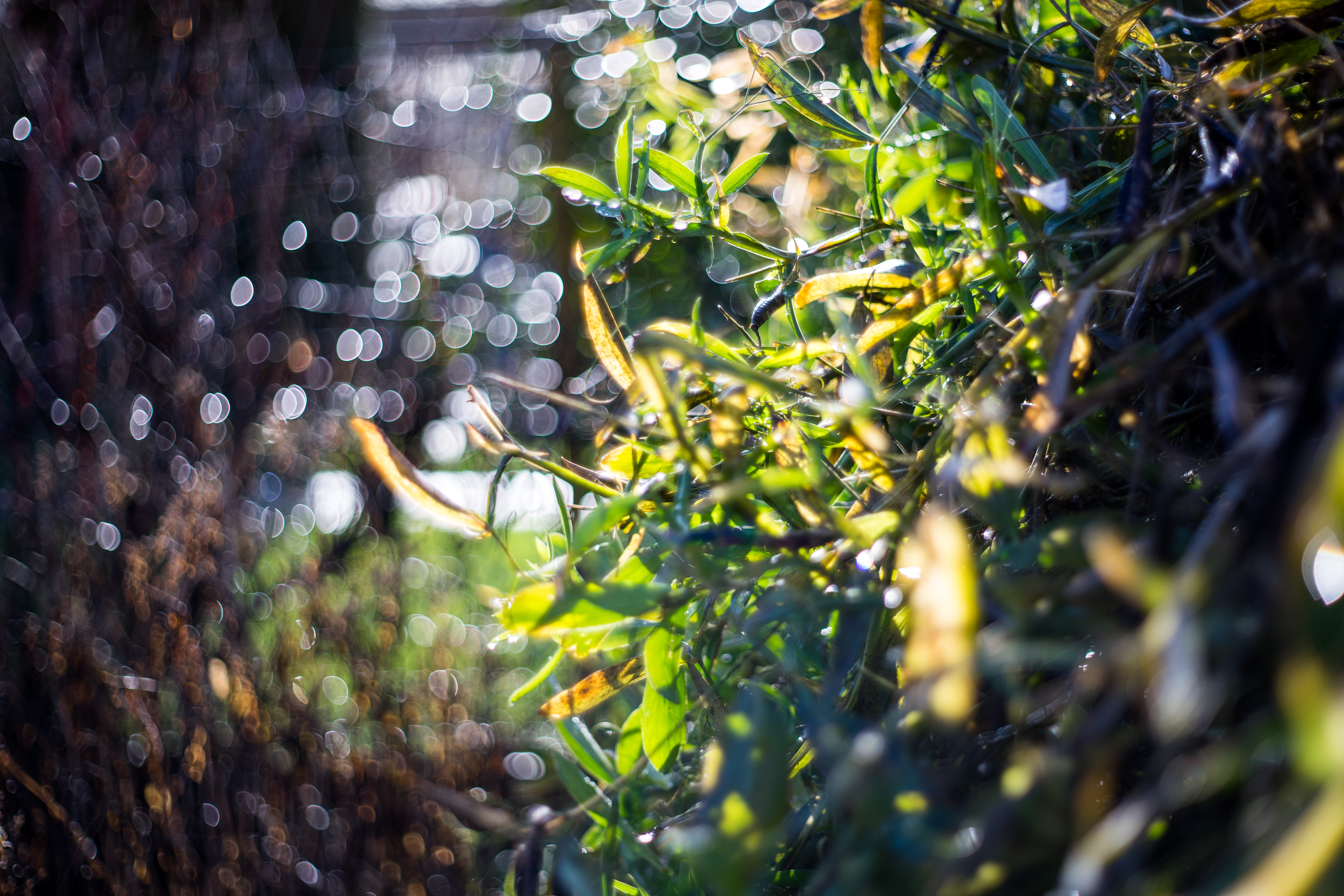
In some situations the background still has some structure which I like in some situations but not so much in others.
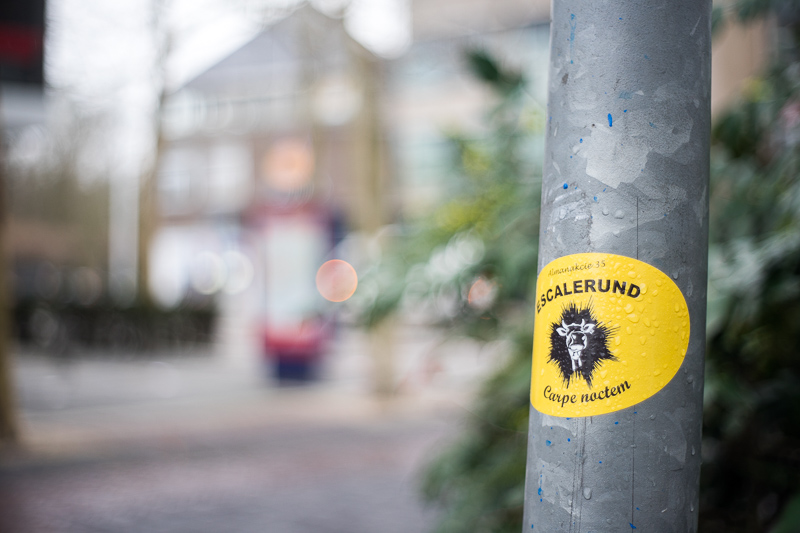
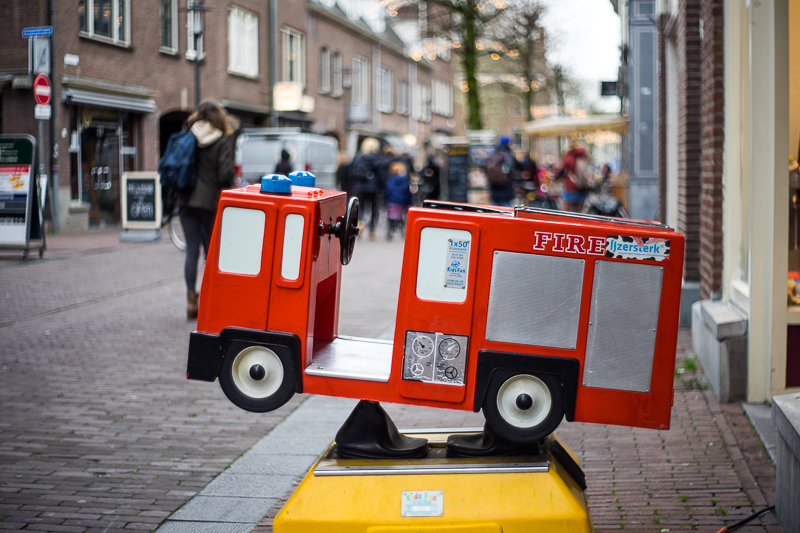
Bokeh near MFD (background is a few meters away) f/1.8 and f/2.8:
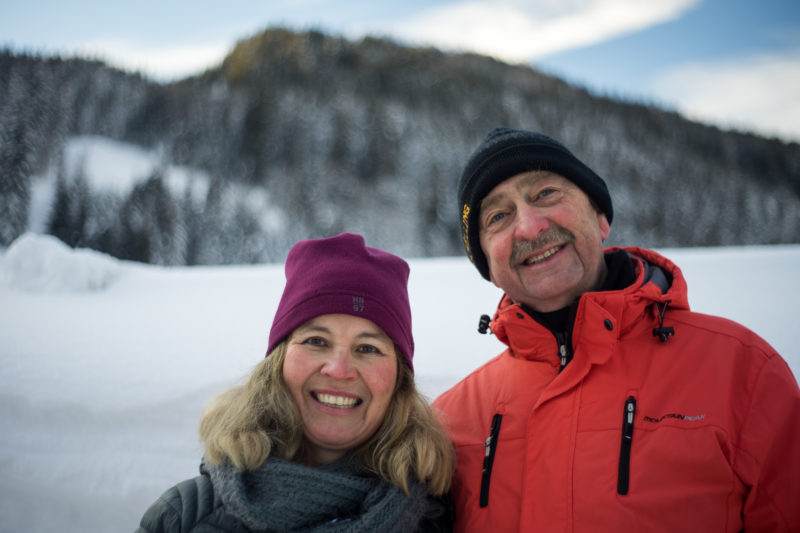
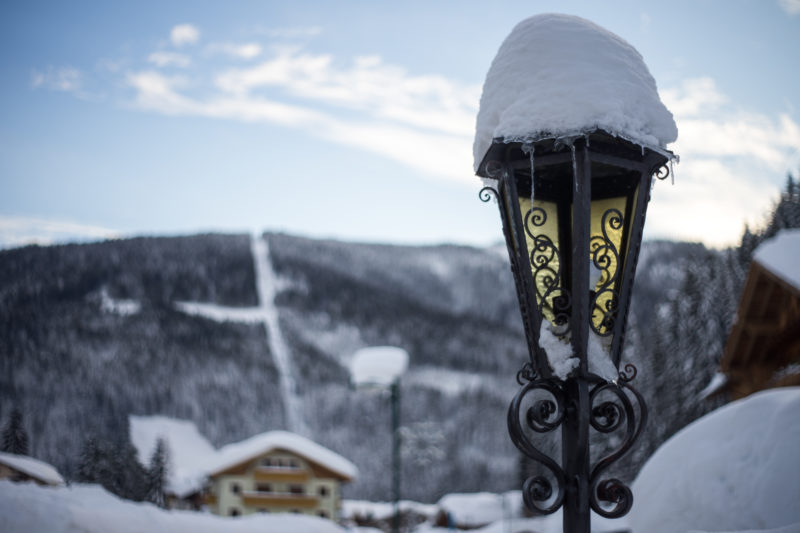
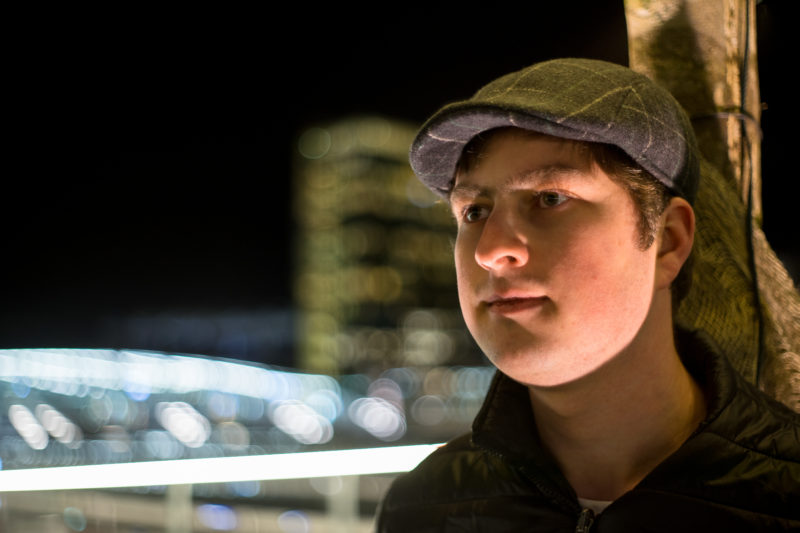
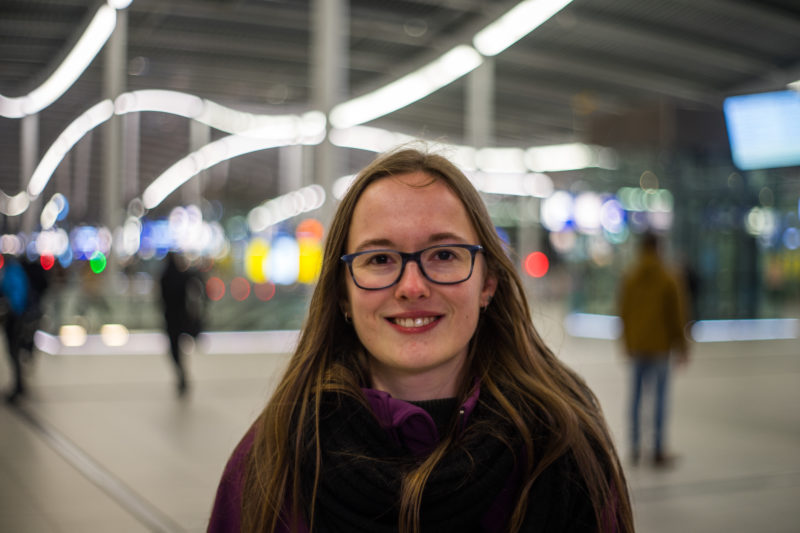
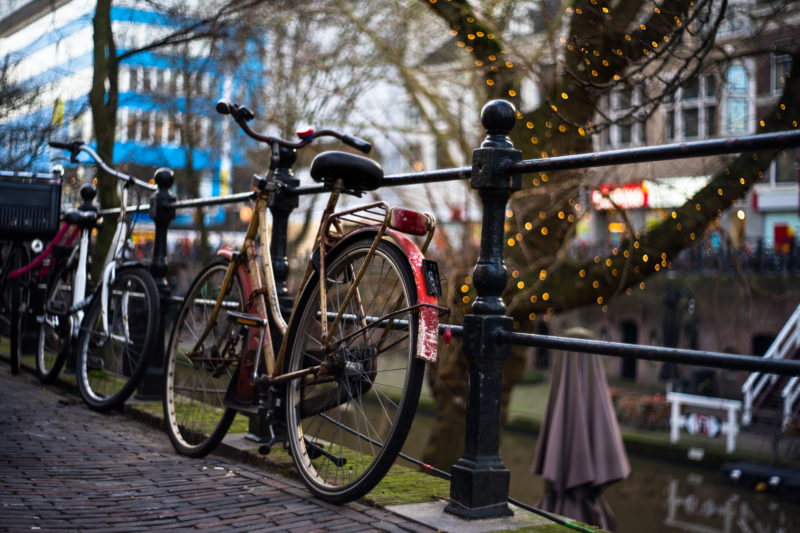
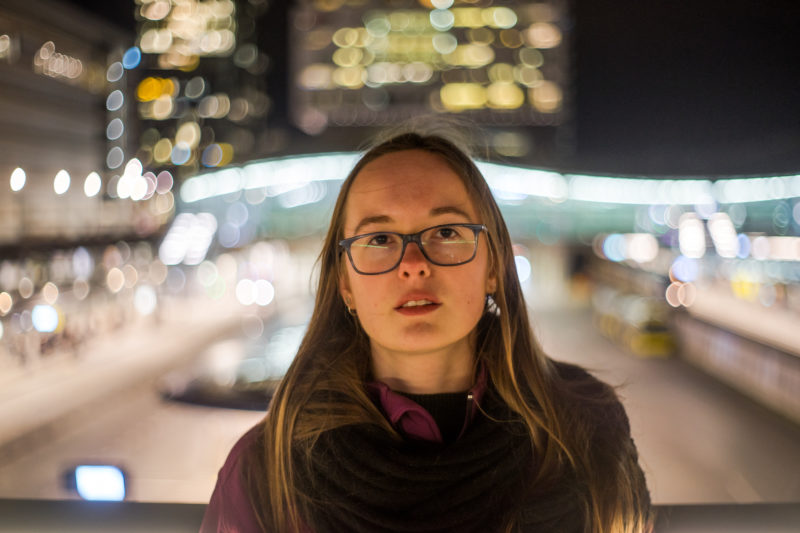
CA
Longitudinal CA is corrected very well, wide open LoCA is mostly masked by the glow. At f/2.8 LoCA is reduced a bit and at f/4 it is gone completely.
In the corners some lateral CA is visible, see the example below.
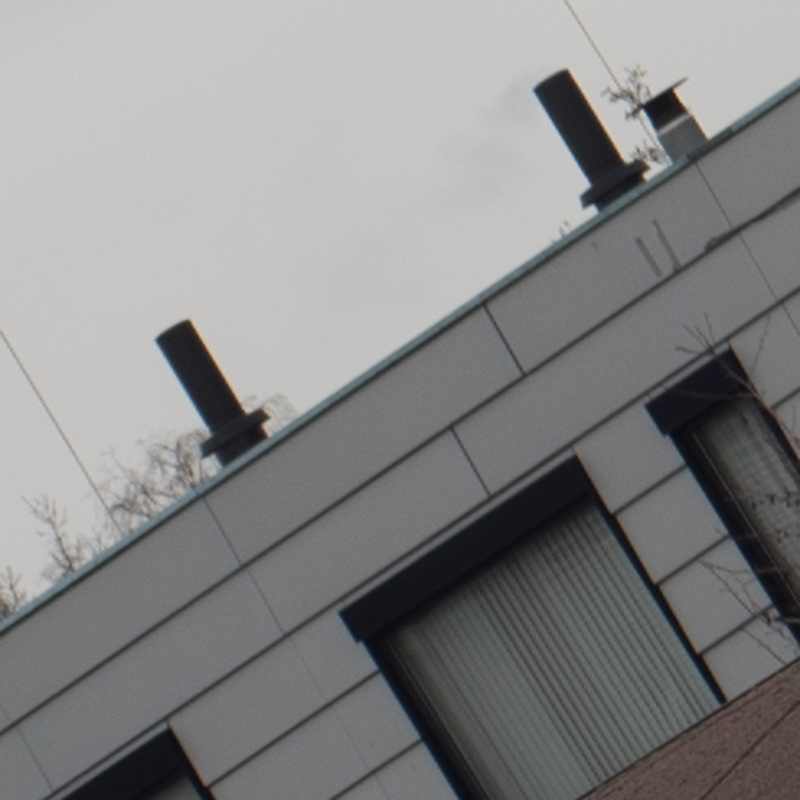
Coma
Wide open there is quite some coma, stopping down to f/2.8 reduces it a lot. At f/4, coma is completely gone. See the comparison below: Before = f/1.8, after = f/4.
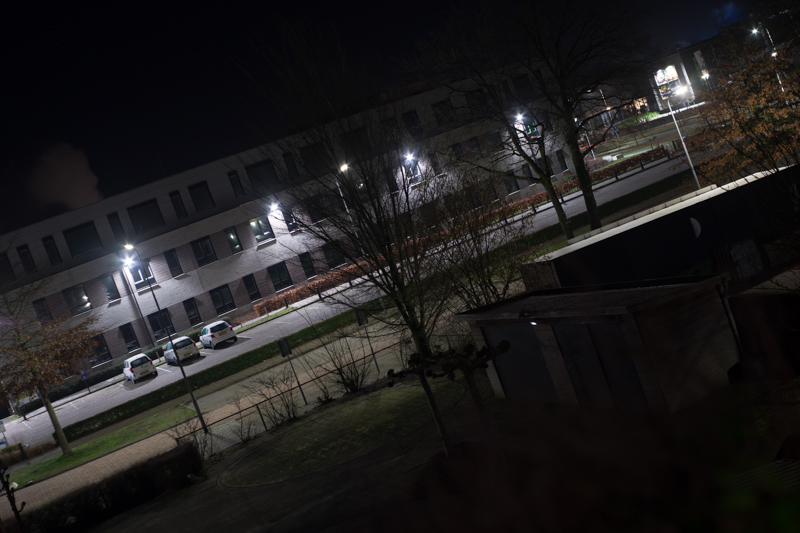
Distortion
The Pentacon 50 mm f/1.8 suffers from a slight amount of barrel distortion, as you probably will not use this lens to photograph architecture it is not relevant.
Sunstars
Sunstars are definitely a weak spot of this lens. It takes stopping down to f/16 to get defined sunstars. Due to the 6 bladed aperture the lens draws 6 pointed sunstars. I prefer the 10 pointed sunstars of the Loxia lenses, as this is a matter of taste you might want to check out this article. Unfortunately the sunstars come with a lot of ghosting and contrast loss. However, with less light city lights you can get well defined sunstars. At f/11 they are most defined.
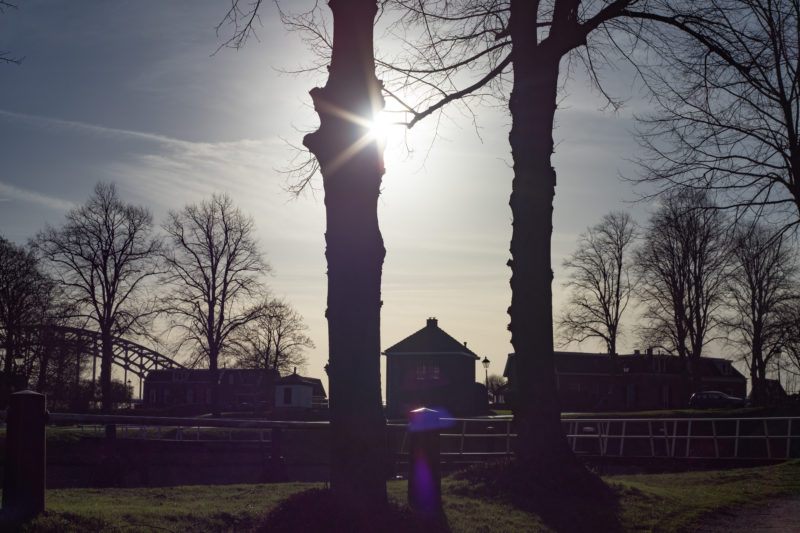
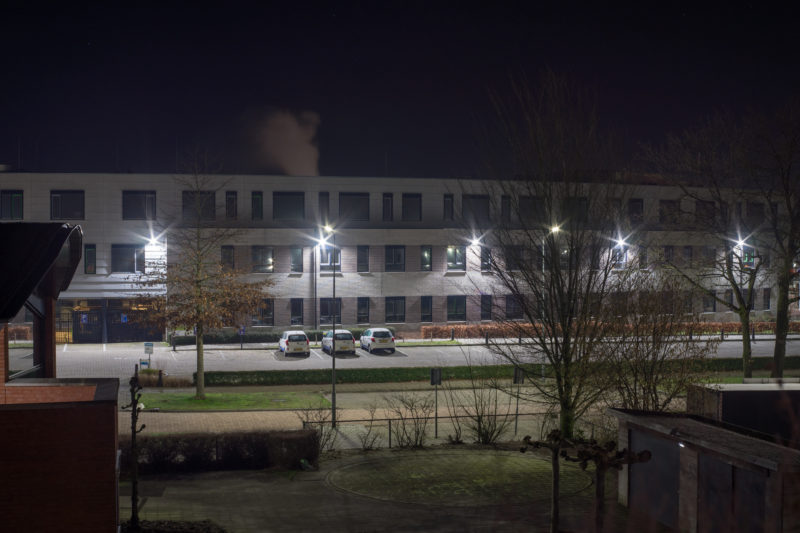
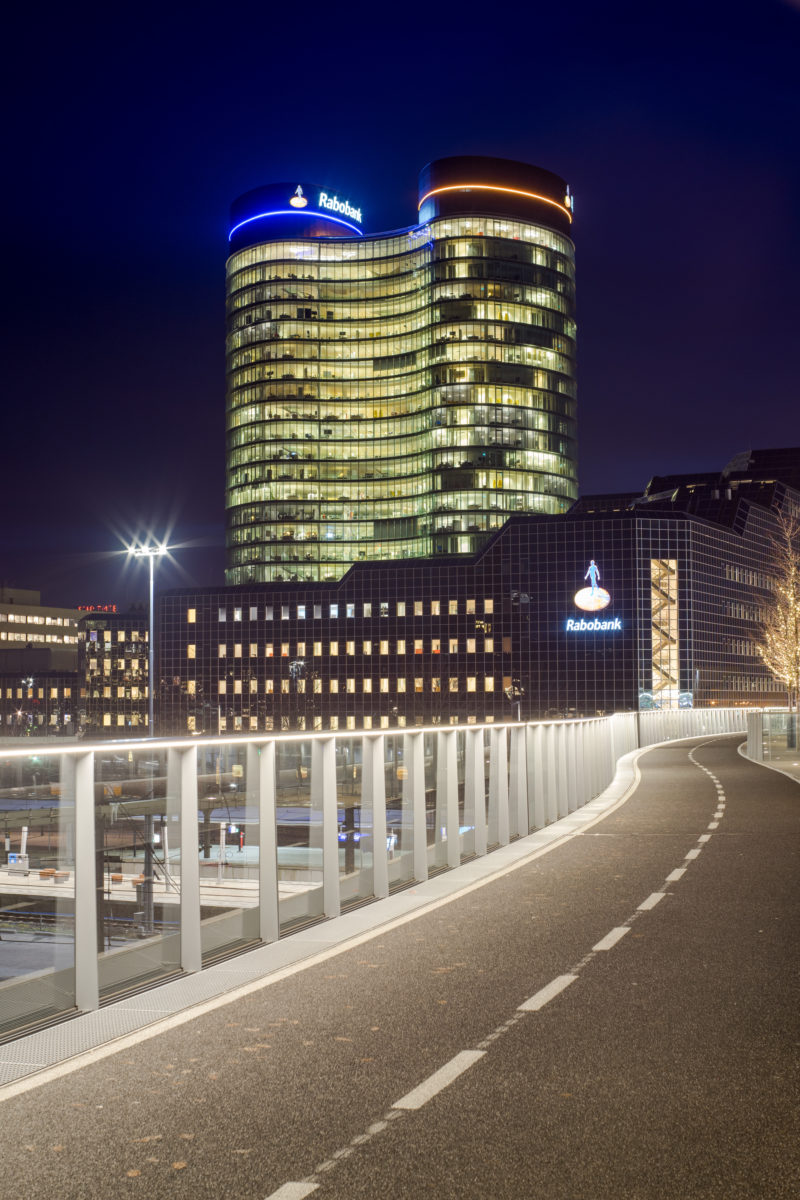
Alternatives
There are a lot of very cheap vintage 50 mm lenses, I can not discuss them al so I made a small selection below of lenses I have used myself or have similar rendering.
Minolta MD 50 mm f/2
The Minolta is even a bit smaller and lighter. Build quality is quite similar but the Minolta feels a bit more robust. Contrary to the Pentacon, the Minolta has a very flat field and it is already quite sharp to the corners wide open. The Bokeh of the Minolta is nothing special but also not distracting. In case you are looking for a (cheap) general purpose lens I would certainly get the Minolta instead of the Pentacon.
Revuenon MC 50 mm f/1.7
The Revuenon is another small 50 mm lens. In terms of sharpness it is comparable to the Pentacon, it also suffers a bit from field curvature. The Revuenon has less busy bokeh but still its own character. Build quality is not very good though. As you can get the Revuenon very cheap as well it might be worth trying if you like the rendering.
Canon nFD 50 mm f/1.8
The Canon FD is another vintage 50 mm lens. It is sharper from wide open than the Pentacon. Flare resistance also is much, much better. The MFD of 60 cm however is below average and limits the amount of possible background blur. The Canon’s bokeh is quite smooth even at longer distances. Unfortunately the Canon suffers from onion ring bokeh which is visible in some situations like city lights.
Meyer-Optic Görlitz Oreston 50 mm f/1.8
Optically the Oreston is the same lens, the most important difference is the fact that its not multi coated. The Oreston has another housing though, like more Meyer-Optic lenses from that era the feature the “zebra” design. If the zebra design is important to you this might be a good choice for you, otherwise get the much cheaper Pentacon.
Conclusion
| Pros | Average | Cons |
| – Price – MFD – Distortion – Size – Center sharpness near MFD |
– Bokeh near MFD – Sharpness wide open – Vignetting – Build quality |
– Field curvature – Bokeh at longer distances – Contrast wide open – Flare resistance – Coma – Astigmatism |
The Pentacon auto 50 mm f/1.8 multi coated is certainly not a lens for everybody, though with a little patience and effort one can create good images with quite a special rendering.
There are some very serious flaws like terrible flare resistance and serious field curvature, but you can mostly work around them. Don’t see it as your only fifty but more as a special purpose lens for the times you want its special bokeh rendering.
If you like the looks of “classic” harsh bokeh bokeh, the ability to focus close, and if you can live with the flaws this might be a lens for you.
On top of that it is dirt cheap so trying it out certainly won’t break your bank!
If you buy the lens please consider using our affiliate links, we will get a small commission and it wont cost you anything extra.
You can buy the Pentacon 50 mm f/1.8 MC for a little over €20,- at ebay.de (affilitate link) or for around $45 via ebay.com (affilitate link).
More samples
Most images in the review can be found in high resolution in this Flick album.
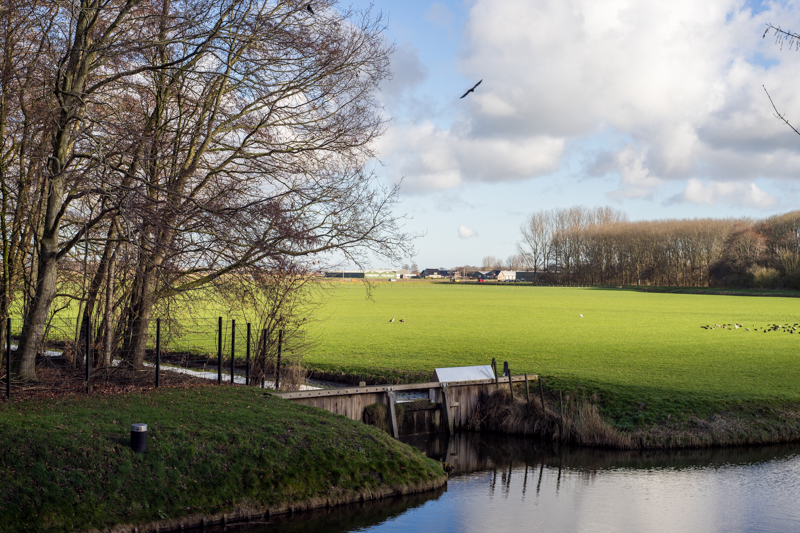
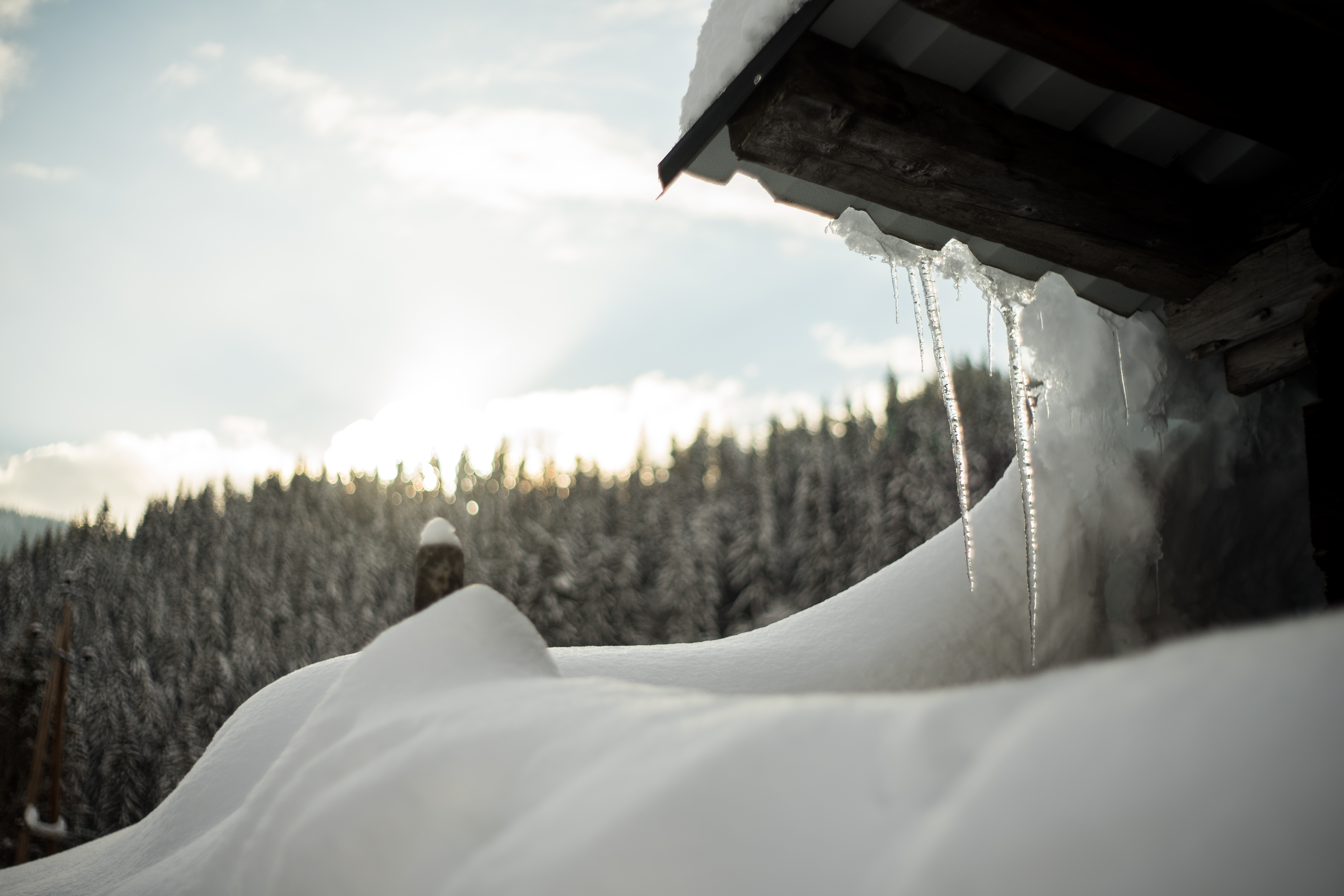
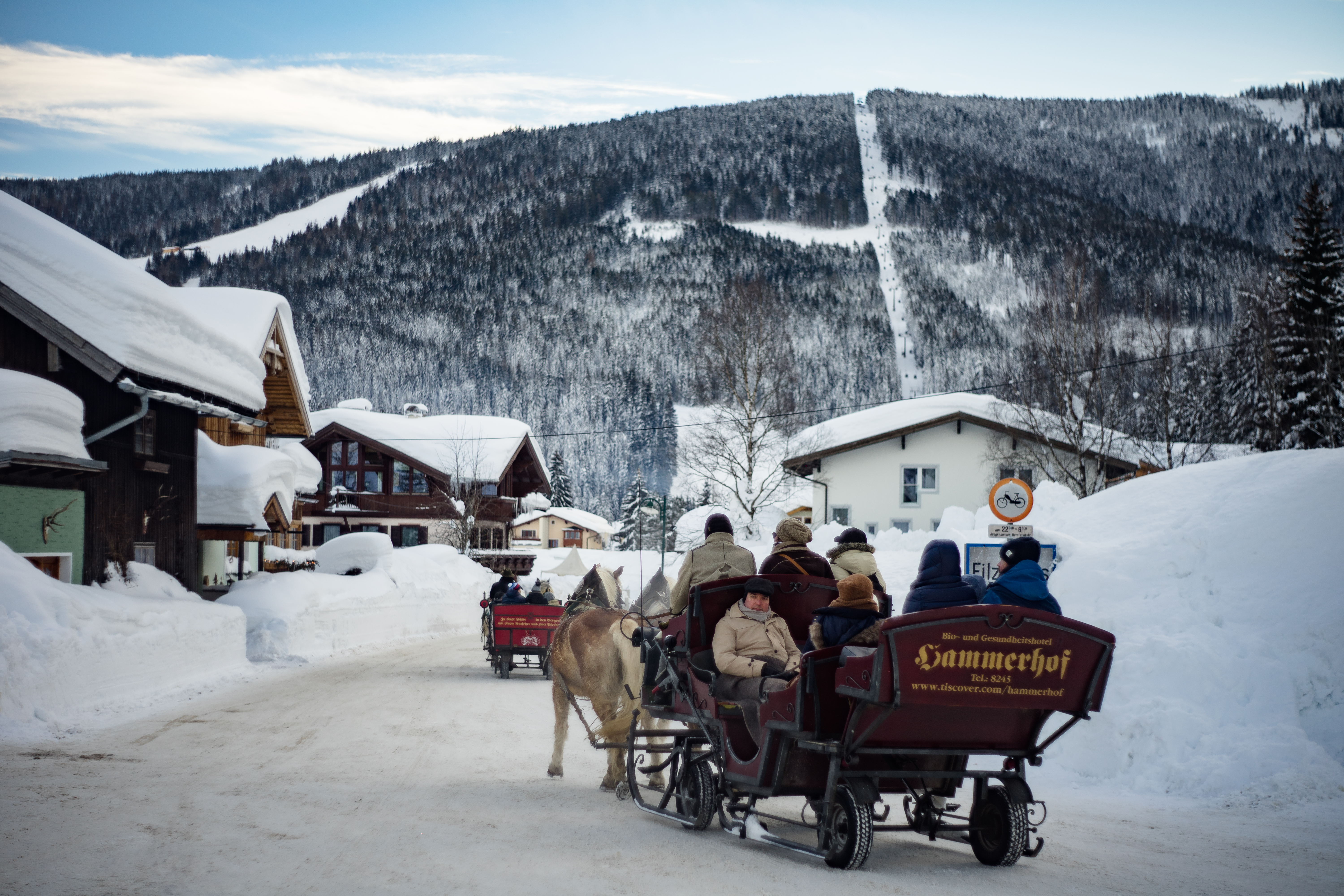
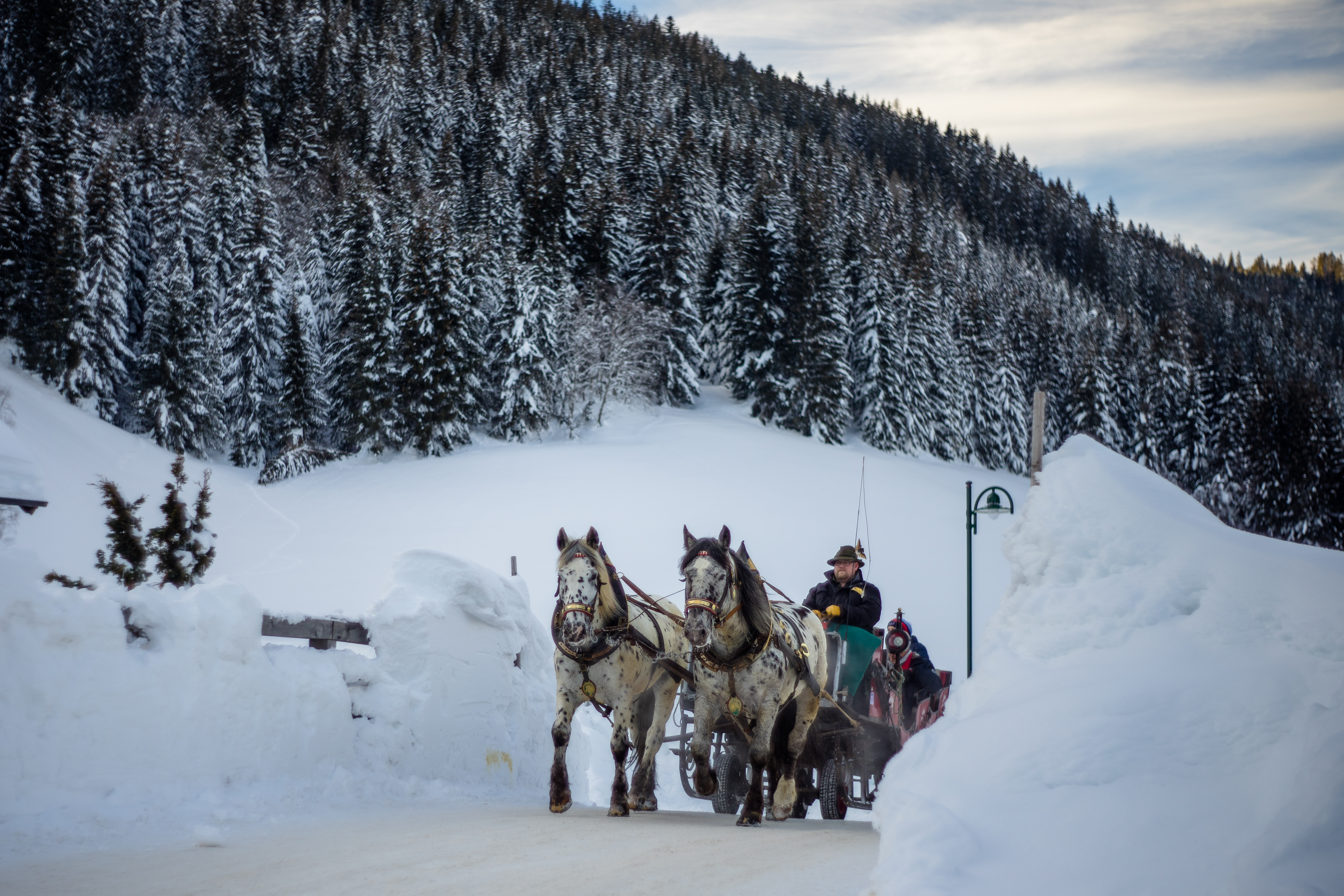
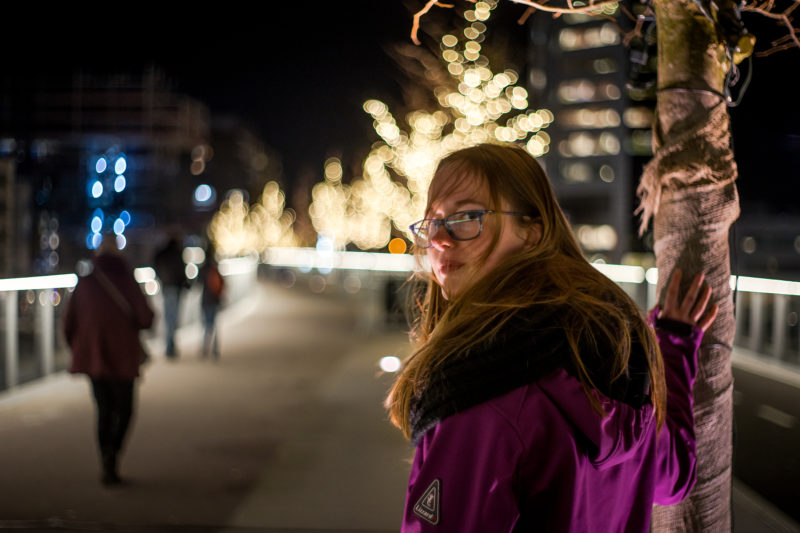
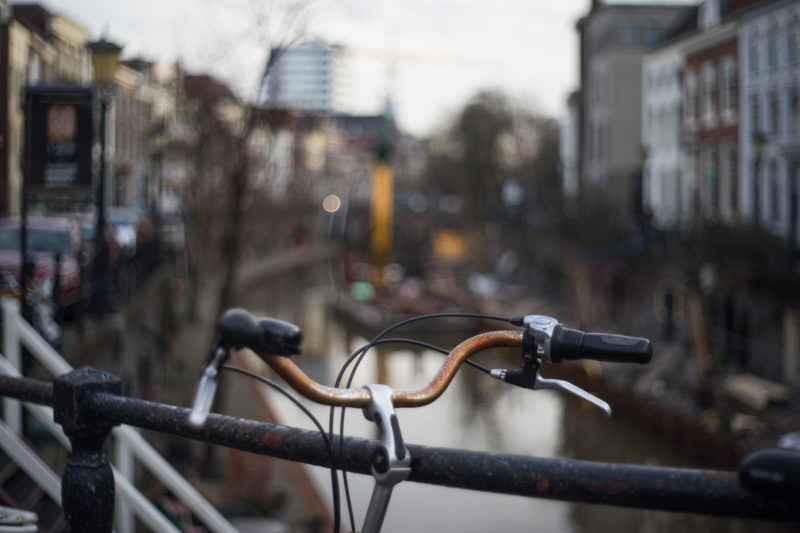
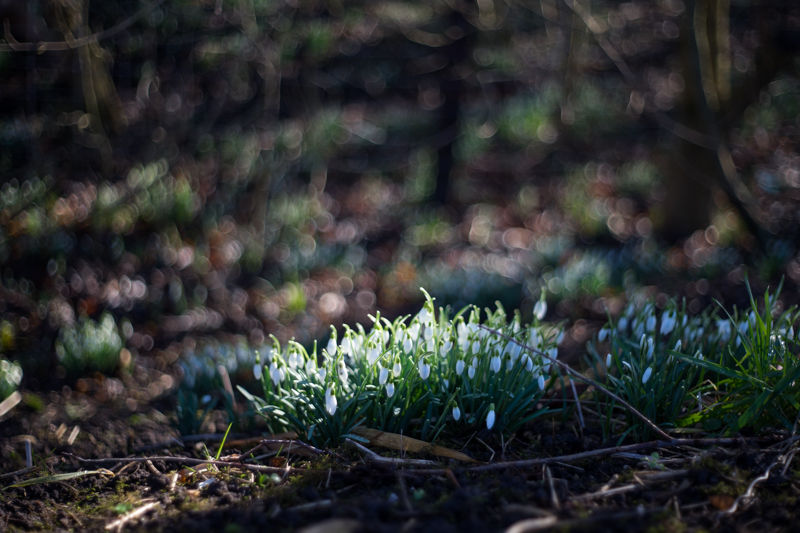
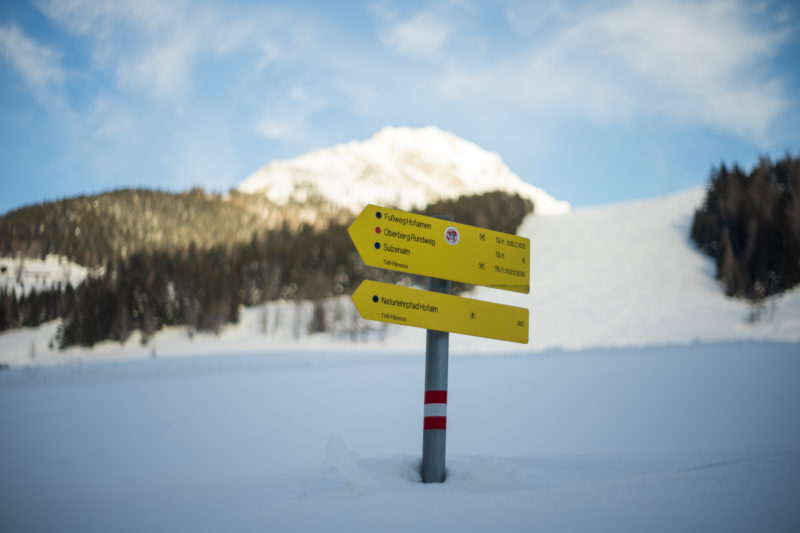
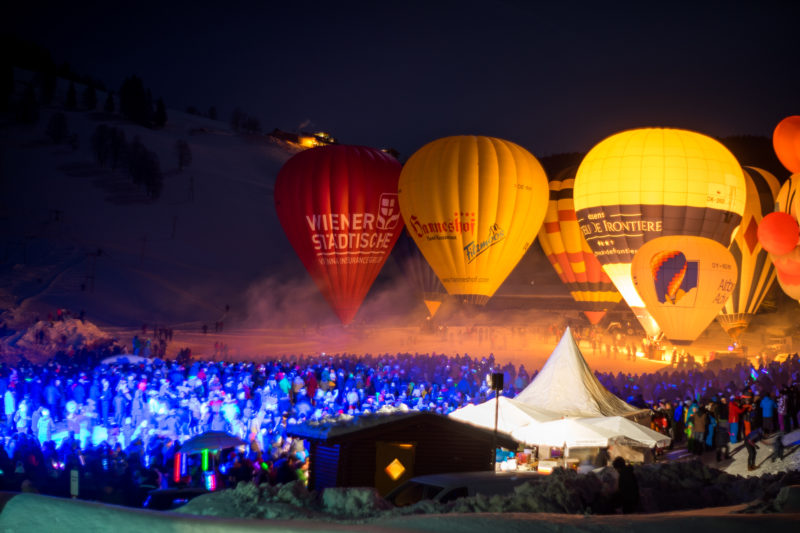
Pentacon 50 mm f/1.8 @f/1.8
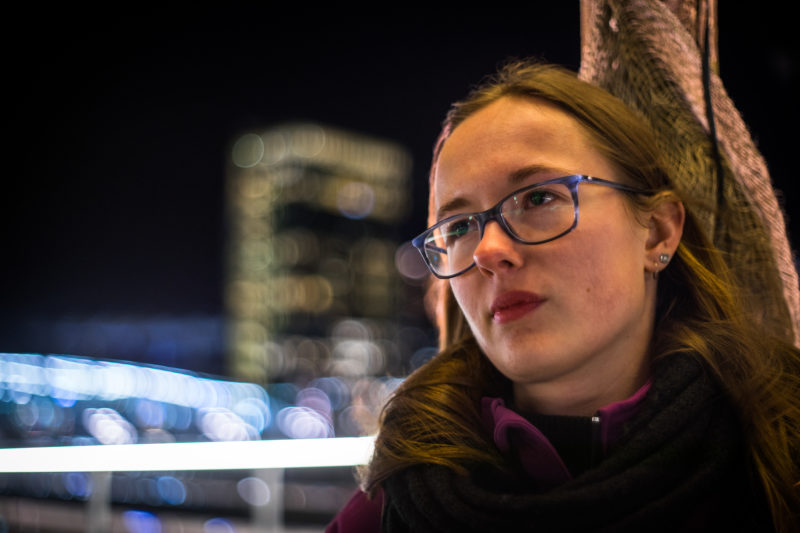
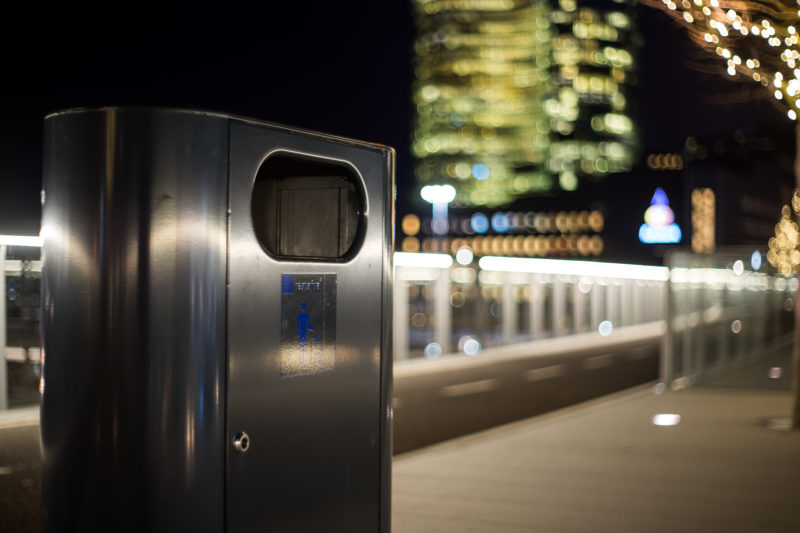
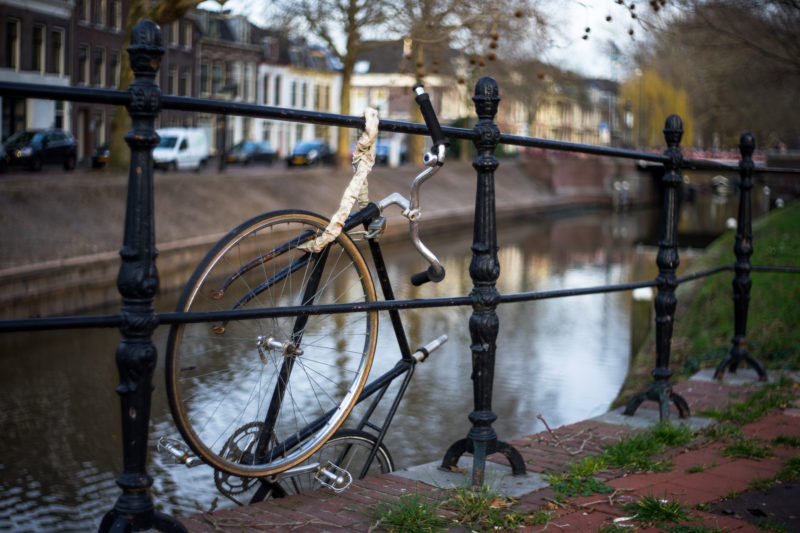
Other articles
- Nikon Nikkor 35mm f/2.8
- Affordable manual lenses for the Sony Alpha 7,7r,7ii,7rii and 7s
- The best lenses below $499 for the Sony a7 series v1.1
This site contains affiliate links. If you make a purchase using any of the links marked as affiliate links, I may receive a small commission at no additional cost to you. This helps support the creation of future content.
JuriaanM
Latest posts by JuriaanM (see all)
- Review: Sigma 85mm f/1.4 DG DN Art - January 8, 2022
- A beginners guide to landscape astro photography - March 11, 2021
- Canon newFD 50mm f/1.8: A review - January 4, 2021
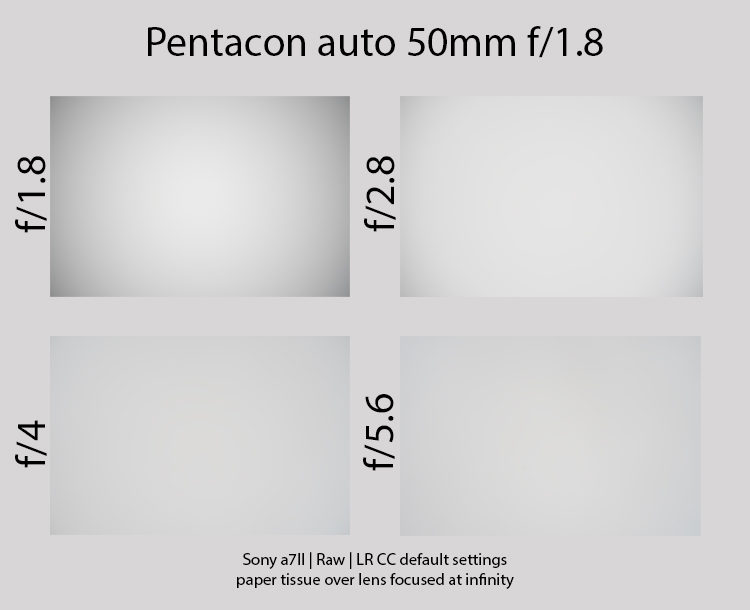
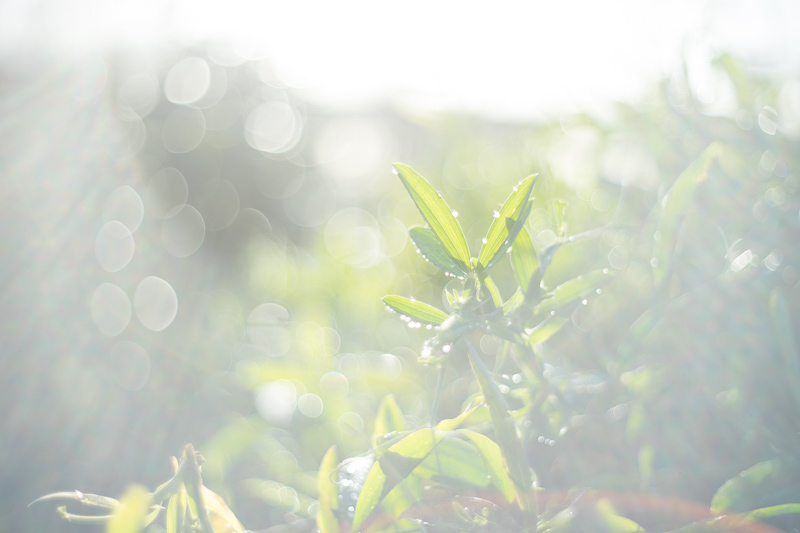
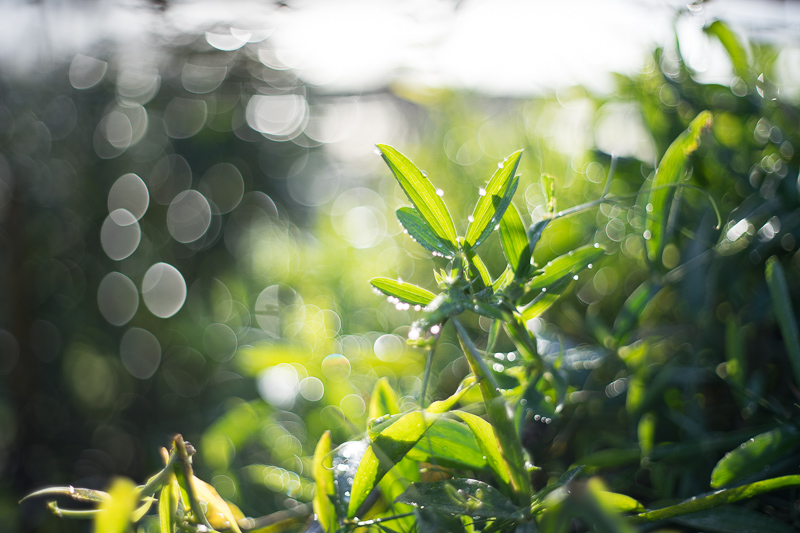


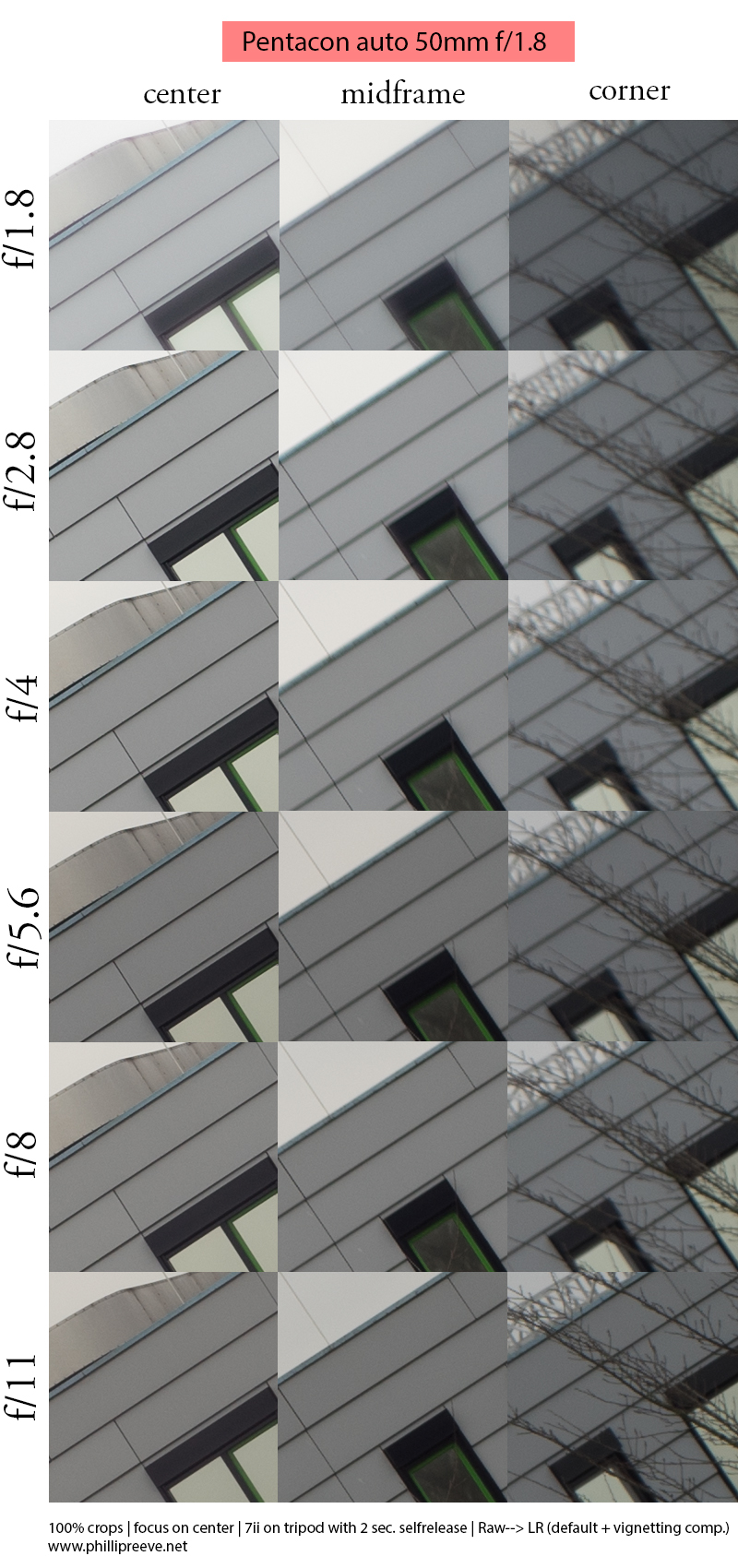


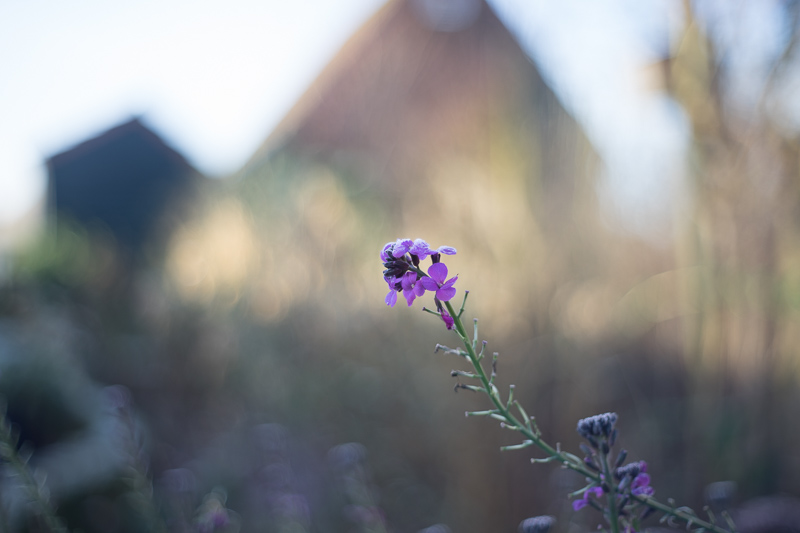
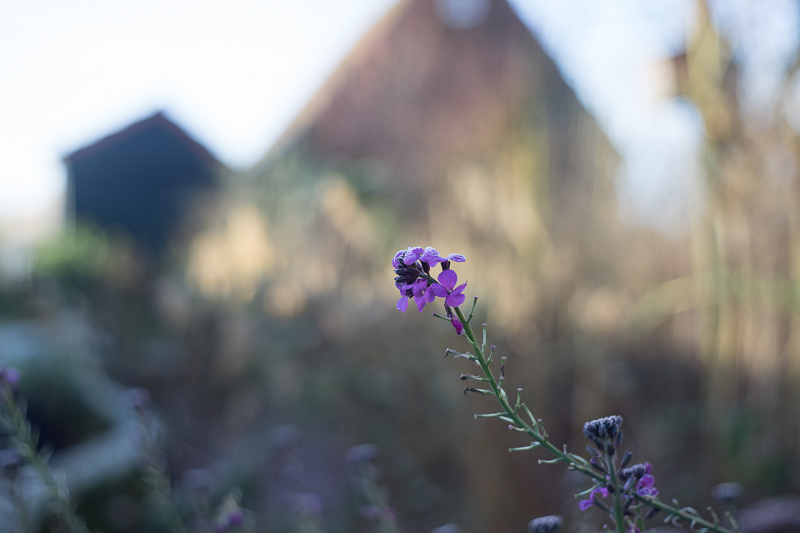
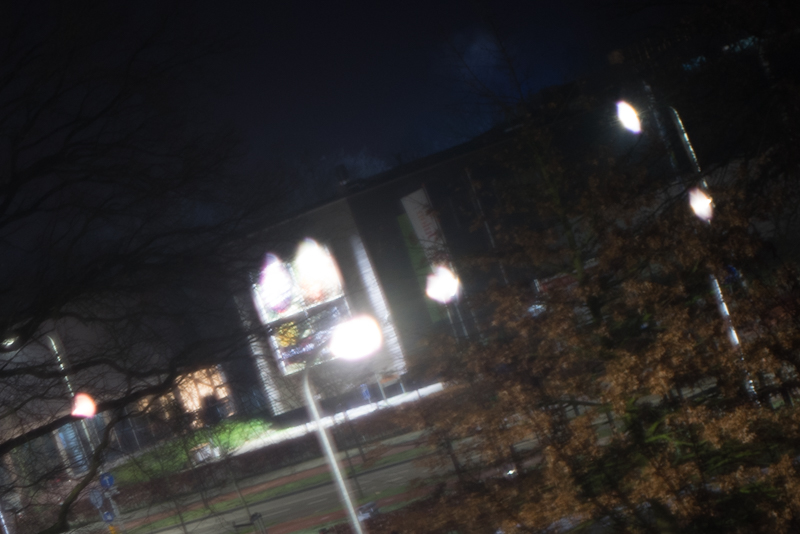
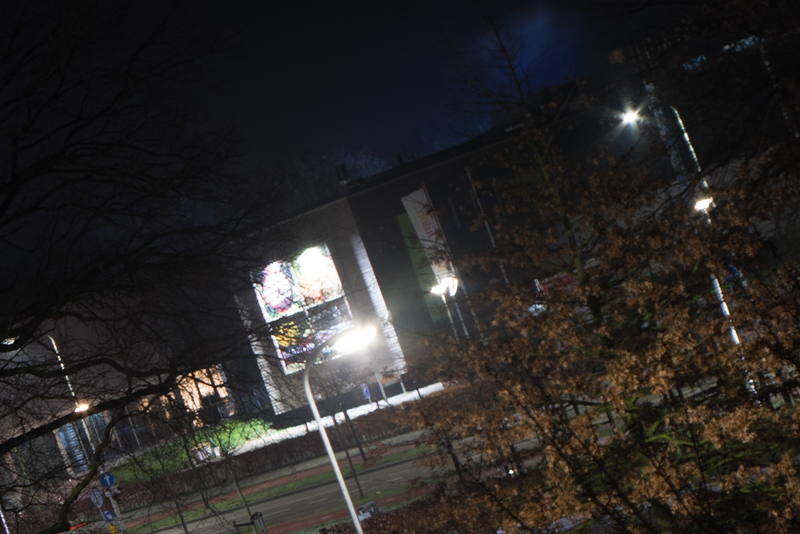
This lens strikes me as one that the photographer would make use of to elicit specific moods. You did take some intriguing photos with this lens that prove my point.
That said, I’ve already got the Sony 55mm f/1.8, which despite its quirks is clearly a superior lens, albeit a far more expensive one, as well.
The cheap price of the Pentax might have made it more tempting had I not found the frequently odd optical effects of the lens so off-putting.
Its indeed a special purpose lens, and if you don’t like the effect it makes not much sense to get one. Modern fifties just play in a completely different league.
I hasten to add that enjoyed your review immensely and hope to see more from you. Thank you.
Thanks for the great review as always!
Just for the record, this is NOT a Pentax lens at all, but a PENTACON which is has been one GDR/ Eastern Germany united trust of camera and lens manufacturers after 1964. It incorporated famous pre-WWII brands like Ihagee, Zeiss Ikon and Meyer-Optik Görlitz. Most lenses where either produced in Görlitz or Jena.
It would be maybe even more interesting to review the 1.4 / 50 mm Prakticar which is still very compact and sports a MFD of 0.4 m.
The rendering of the Prakticar seems to be quite similar to the Pentacon indeed. The extra speed might be nice for some purposes. Price is much higher though, I doubt whether that is worth the little more speed. But if you are really a fan of the bokeh rendering things might be different 🙂
Thank you for the correction. Clearly the lens was not made for Pentax. Silly of me.
Hi,
Great review thanks.
Then Minolta Rookie 50mm f/1.4 seems superior for just 30 eur more…
At distances of between 0.33 and 0.45M, the Pentacon is very much superior, I can assure you!
Which Pentax? The lens in question is Pentacon, very much not a Pentax!
Been waiting for this review for a long time, i got this len for about 20 buck and it beat my Minolta 55 F1.7 on both sharpness and CA corrections!!!!, even though it got some scratches and dust in it, the bokeh is neither good or bad, it is more of a character of this len i think, the minimum focus distance of 0.33m is really an advantage of this len, too.
Interesting to hear you are happy with it! My 55/2 Minolta is quite a bit sharper though. The MFD of 0.33m is a big bonus indeed 🙂
Hey guys,
I have also tried several vintage lenses and compared them with the Loxia 50/2: The Meyer Domiplan 50/2.8, Schneider Xenon 50/1.9, Minolta AF 50/1.7 (old version: non RS) and the Pentacon 50/1.8.
(Un?-)surprisingly the Loxia 50/2 is the clear winner. Not only the coatings are on a different level, which I would expect at it´s price tag, but also the sharpness and contrast are far better.
The Loxia is totally usable for portraits at F2 because of it´s high contrast and sharpness in the middle of the frame and also the corners are usable for most applications. All the vintage lenses I have tested, have either reduced contrast, or reduced contrast and sharpness at maximum aperture. The Schneider Xenon 50/1.9 ist the best Vintage lens I have tested so far. It has a good sharpness at F1.9, but horrible flare resistance. The Pentacon is one of the weaker lenses I have tested. Only the optically primitive Domiplan is worse.
If you are a fan of manual focus and you have the money I would always go for the Loxia, which is the best non-compromise solution. But for fun shots and non-critical applications, some vintage lenses really hold up pretty good.
The Loxia is indeed one of the nicest build 50 mm lenses you can buy, i’m very happy with mine. Only bokeh can be quite harsh but for stopped down landscape work this lens is hard to beat.
The Pentacon is not a very good lens in terms of sharpness and flare resistance, but its rendering (whether you like or hate it) sets it apart from quite some other vintage lenses 🙂
Zeiss Loxia 850 EUR, Pentacon 1,8/50 about 30 – 50 EUR. What a difference for comparison. Bokeh, maybe a big difference for photographers who long for special effects.
You have to decide what You want. Compromis depends on Your intension of photograhie (and Your money of course).
Fun shots and optical quality shots are equal for me!
Great idea to use the Loxia as a standard for size comparison. I like that.
Yes I also think the idea is great, but it would be fairer to compare the size including the adapter as than the Pentacon would be longer than the Loxia I suppose.
This lens is very nice to use with macro tube,maybe oreston is better because of single coatingto give more funky bokeh.
Here are two pictures I took with Meyer Görlitz oreston 50mm f1.8 and macro tubes:
https://flic.kr/s/aHskBuVeLe
I use that lens on my film camera, a Practica MTL 5B. I am super happy with it. Your review makes me curious to mount it on my A7 as well.
I just have some doubts about the K&F adapter since I plan to look into some pentax M42 lens and they seem not alway to fit.The Novoflex supposedly is better but the price….
Btw. if you liker flare – the 28mm Pentacon is really a monster in this regard. Almost like shooting a lomo.
Hi Stefan,
I have quite some different K&F adapters and so far I did not have such problems. For sure Novoflex adapters are better, but you pay quite a lot for that.
I don’t know the 28, but I do have the 29mm 2.8 and it’s pretty much the same league as the 50mm 1.8 with vintage colors, good build, of course there are better options ,but not for the same money – nice review , and some very good shots, cheap lens in good hands
I have to say that the photos in this article, especially the nature shots, were really spectacular. Thanks, Jurrian–your passion and skill just cost me $20 on ebay! Looking forward to taking it out and comparing to my Minolta MD 50.
Thank you! Have a lot of fun with your lens 🙂
I like the look from this lens. That is, why i use old lenses. They have character, not so sterile as some modern lenses.
Bernhard
A treasured “character” lens. I inherited a second generation version from my late father and l use it in a similar way to the mushroom shots included in this review. In fact, l use it with some equally vintage extension tubes adapted to my A7R mk2 and really enjoy the unique images it creates. I love the bubble bokeh. It’s different and the photos stand out from all the crisp, sharp, perfect images that proliferate nowadays.
I also use it with Pentor extention tubes from the same era sometimes. Fun to play with 🙂
Just ordered this Pentacon. It’s for the bokeh and close focus. I have the Loxia 50 and 10 others 50mm (Japan, russia and german).
I loved the review!
Do you know if the lens is radioactive?
Thank you!
As far as I know this one is not radioactive.
Thanks for the reply.
I’d also like to ask, can you recommend some vintage lenses that are soft with low contrast? (I understand that may sound like a strange request. I just don’t like the super sharp modern lenses).
Jupiter-9 85mm 2.0
Thank you!
I loved your review of that lens too. Pretty much any question I had was answered.
Industar-61, Takumar 50mm f1.4 oraz Takumar 55mm f2 from Asahi Opt. Co. or Voigtlander APO are radioactive. This Pentacon is “safe” 🙂
Just a tid bit of information for anyone curious about radioactive lenses and their safety…
The radioactivity of thorium oxide doped glass isn’t really a danger to those owning such lenses. The primary isotope of thorium in such glass is thorium-232, the most common isotope in nature. The primary type of radioactive decay it undergoes is alpha decay, which releases a helium nuclei lacking any electrons. Although such particles would be dangerous if emitted inside the body, they pose little risk to skin at the modest levels emitted by the amount of thorium in lenses. Otherwise, there is some beta decay which releases electrons. These unpaired electrons actually are why thoriated glass turns yellow. The electrons become trapped in gaps in the molecular lattice structure of glass, known as F-centers (nothing to do with F-stops!). The electrons preferentially absorb short wavelength photons, such as blue and violet, and hence result in a yellow appearance.
Main reason thorium stopped being used was it IS dangerous for those working in glass factories. Grinding the glass could release thorium particles into the air, which would mean alpha particles are emitted directly into soft lung tissue where it poses a risk of inducing lung cancer.
At least as of the 1990s and early 2000s, thorium was still used in the AR coatings on some optics in the form of thorium tetrafluoride. It is still sometimes used in certain interference coatings for bandpass filters and dichroic filters, but lanthanum trifluoride has been substituted more in recent years.
Amazing, comprehensive review. Great job! Thank you.
My lenses are older then 30 years (Revue Germany DDR Production), now I have an adapter M42 to EOS … €5,54…
Thanks for your great review
Thanks for the great review. I recently ordered a K&F adapter for my Panasonic G80 and I just love it! True, it’s not the sharpest lens wide open, but it’s just fun to play with such an old lens. Manual focusing is a piece of cake with the focus peaking on the Panasonic camera.
Hi Juriaanm,
in the technical data section of this article you wrote that this lens has 6 slighty roundend aperture blades; i’m doing some research on the web about aperture blades and how to distinguish between straight and curved ones. Can you tell me something more about it? It seem there are many theories on this topic…
Maybe this article can help.
Thank’you BastianK, the article is very interesting, but what i’m actually searching is something to distinguish between curved or straight blades without testing a lens, just looking a the blade itself. Is it possible? Maybe pictures of blades of two kinds could be helpful…
EXCELLENT REVIEW ! GREAT ! The fact that you reviewed other vintage lenses made me give you 5 stars. Thank you very much. I’ve found this lens for a very cheap price but i have already bought a Revuenon 1.4. I wanted to exchange but 1.4 is very different from 1.8. That what we told me.
Excellent and very complete review. This lens can be used with Canon ef and an adapter?
Adapting vintage lenses to DSLR’s usually doesn’t work very well because the mirror will collide with the back of the lens.
I have dozens of lenses that I use with my Canon 5D. They work just as well if not better with Canon crop sensor bodies. Leica M and M39, Konica AR, Minolta MD, and Canon FD mounts all have short flange distances and are not candidates, but my Nikon F, Yashica ML Y/C, Olympus Zuiko OM, Pentax PK mount lenses are great and never touch the mirror. For M42 lenses, there is a great Canon full frame M42 guide listing scores of lenses and whether or not they work or can be adapted. No need to shave your mirror or cut down the lens. I’m currently shooting with the Meyer Oreston 50 1.8, the predecessor of this lens, and love it on both my 5d MK2 and Fuji xm1. An m42 adapter can be had for $10.
Thank you for this amazing resource!!!
I really like your rating, fantastically good!
The PENTACON 1.8 / 50 lens can be used perfectly on Canon Full Frame and APC-S machines too, with the M42-EOS chip adapter converter.
The autofocus system also works, with an interesting “chip” solution.
How should there be an autofocus on this lens? o.O
With Canon cameras you can set up a focus trap with manual lenses equipped with the Dandelion chip.
Hold down the shutter and rotate the focus ring and when the target is in focus the shutter will automatically fire.
you can get the techart tzm or 9em to autofocus manual lenses on Sony e or nikon z bodies. this is a great way to use vintage lenses with autofocus
I started out with the Pentacon 50/1.8 back in 1966 and found it to be lovely for black and white , and more contrasty than the Takumar 50/1.4 8-element lens that I grew to love until fungus finally took it over and the front element eventually fell off.
Both lenses I used thousands of times for such work as outdoor First Communion and Confirmation ceremony portraits, always using the Takumar for colour neg.
But the Pentacon was better for contrast for reproduction of black and white press photos back in the Sixties.
Excellent review but please the Pentacon 50 1.8 is it radioactive?
I just bought a copy of this lens without yellow glass.
The yellow glass if I understand correct is caused by thorium used during the process of construction.
Thanks for your reply.
Not as far as I know.
Excellent work! I am using Nikon D300, if I want to try out this lens I could use the PK-Nik adapter? Thanks.
Thank you! With DSLR’s adapting old slr lenses unfortunately does not work very well. You will need an adapter with some correcting glass elements to make things work.
Great photos!! Great Review!!
Great review! Amazing the level of detail and all the care put in properly analyzing and portraying this lens. I just got a Pentacont 50 1.8 and this review helped me a lot!
https://camerapedia.fandom.com/wiki/Radioactive_lenses
Not all these Takumars are radioactive
Scroll down and see that some lensnumbers are free of radioactif coatings.
Stil have a non radioactif Takumar from my Pentax K1000 time and use it sometimes for Portraits.
Especially for elder women to give some skin softness…
But remember; a face without wrinkels is like a book without letters…!
Suppose that https://phillipreeve.net/blog/wp-content/uploads/2019/02/DSC1475.jpg is NOT @ f1.8